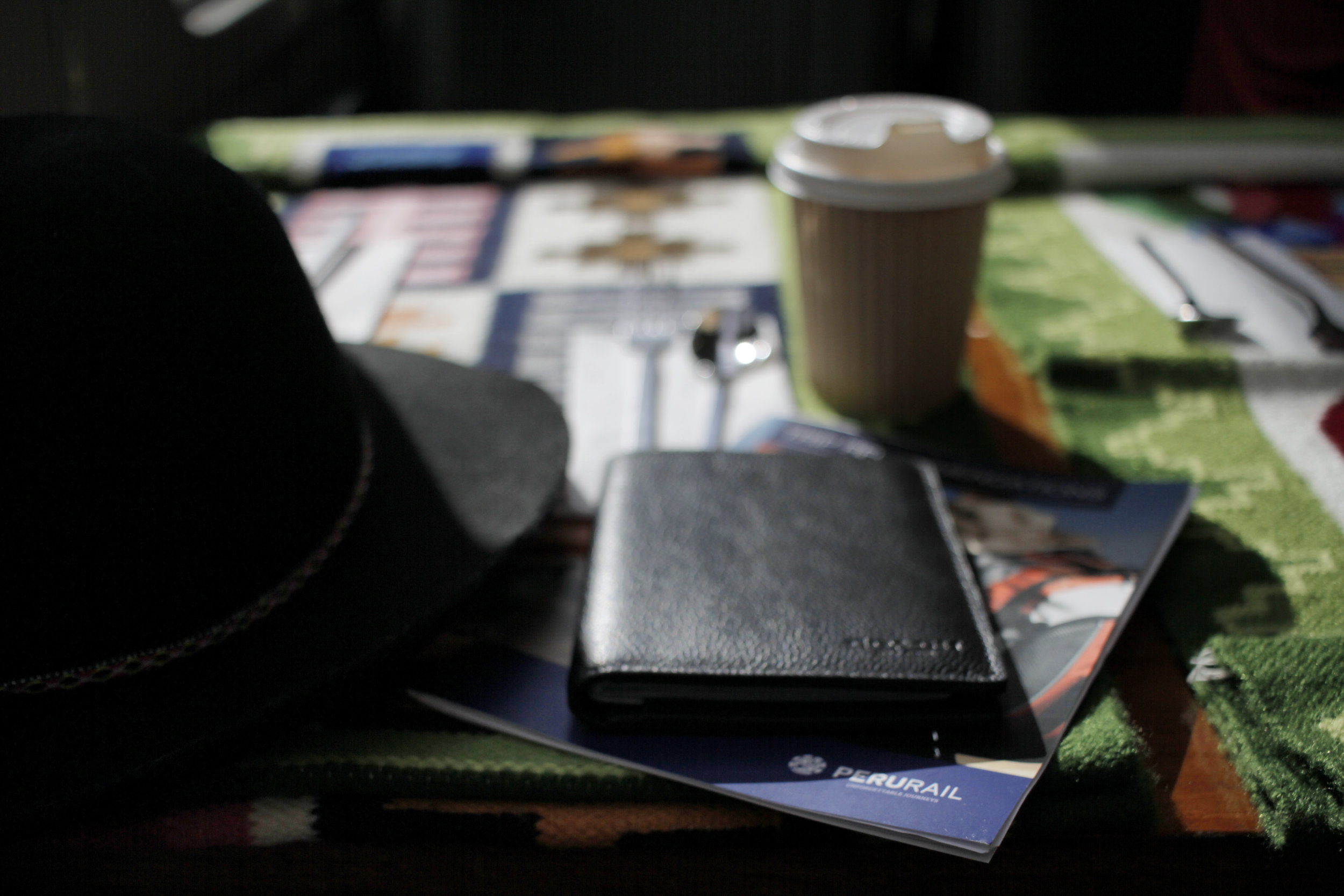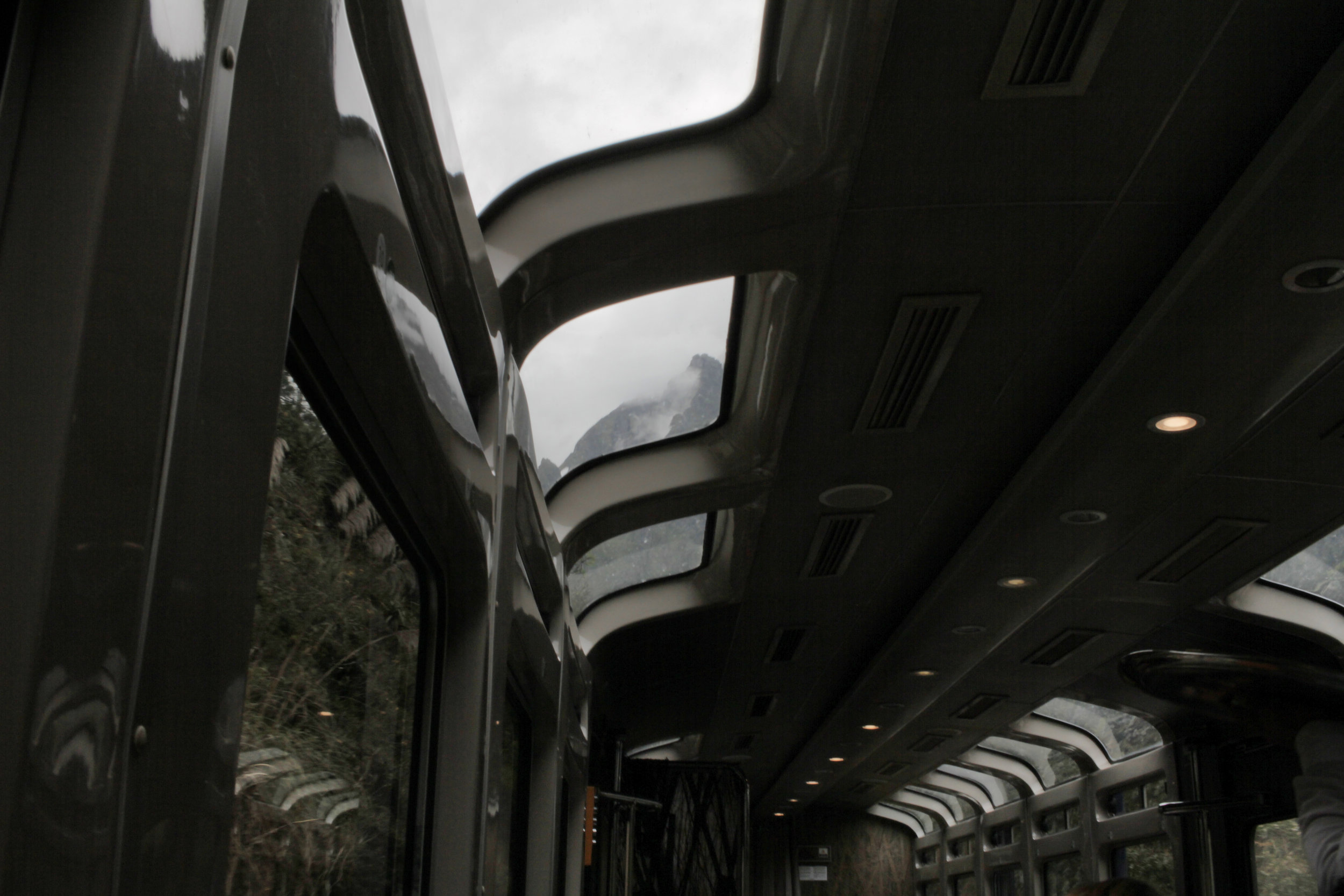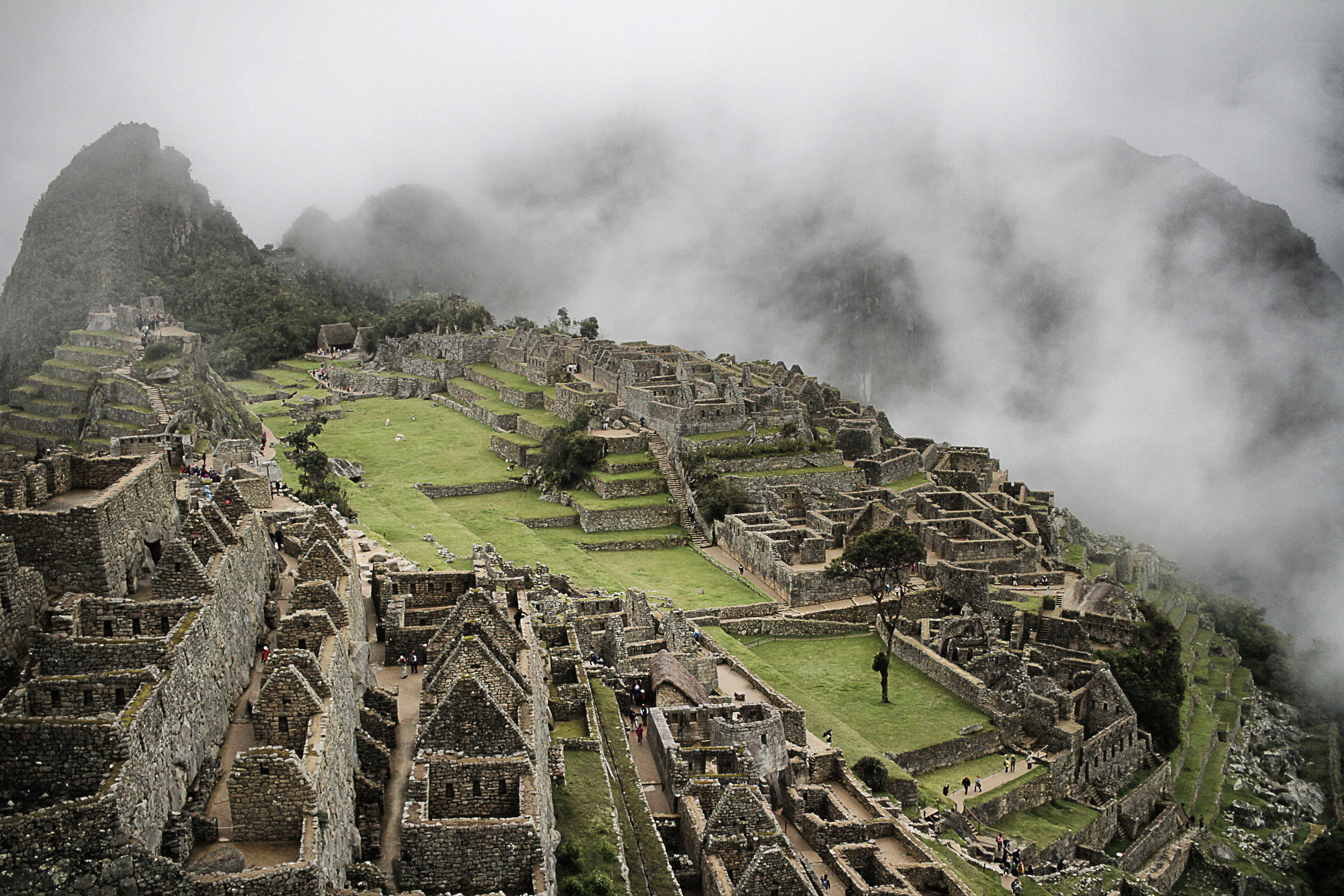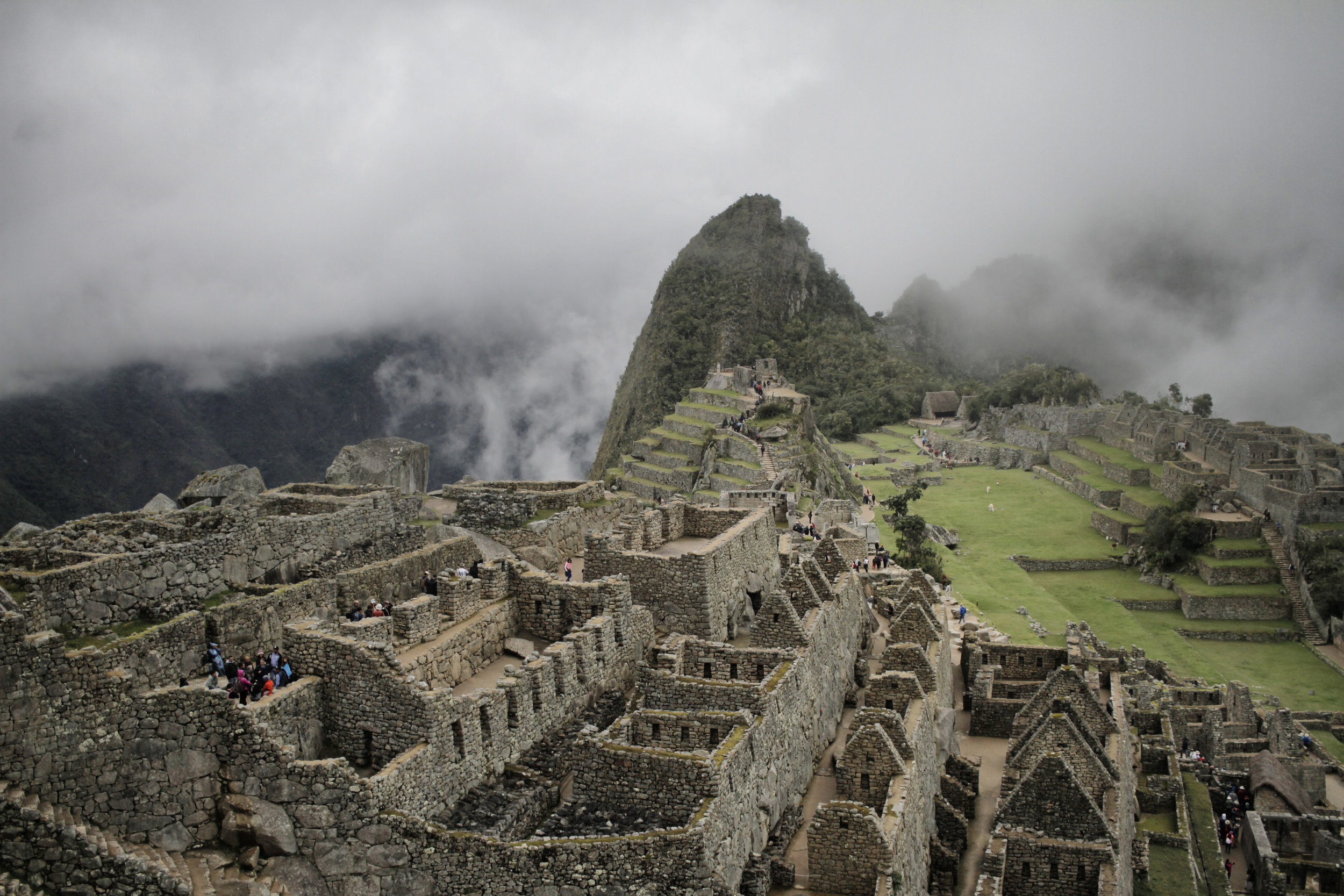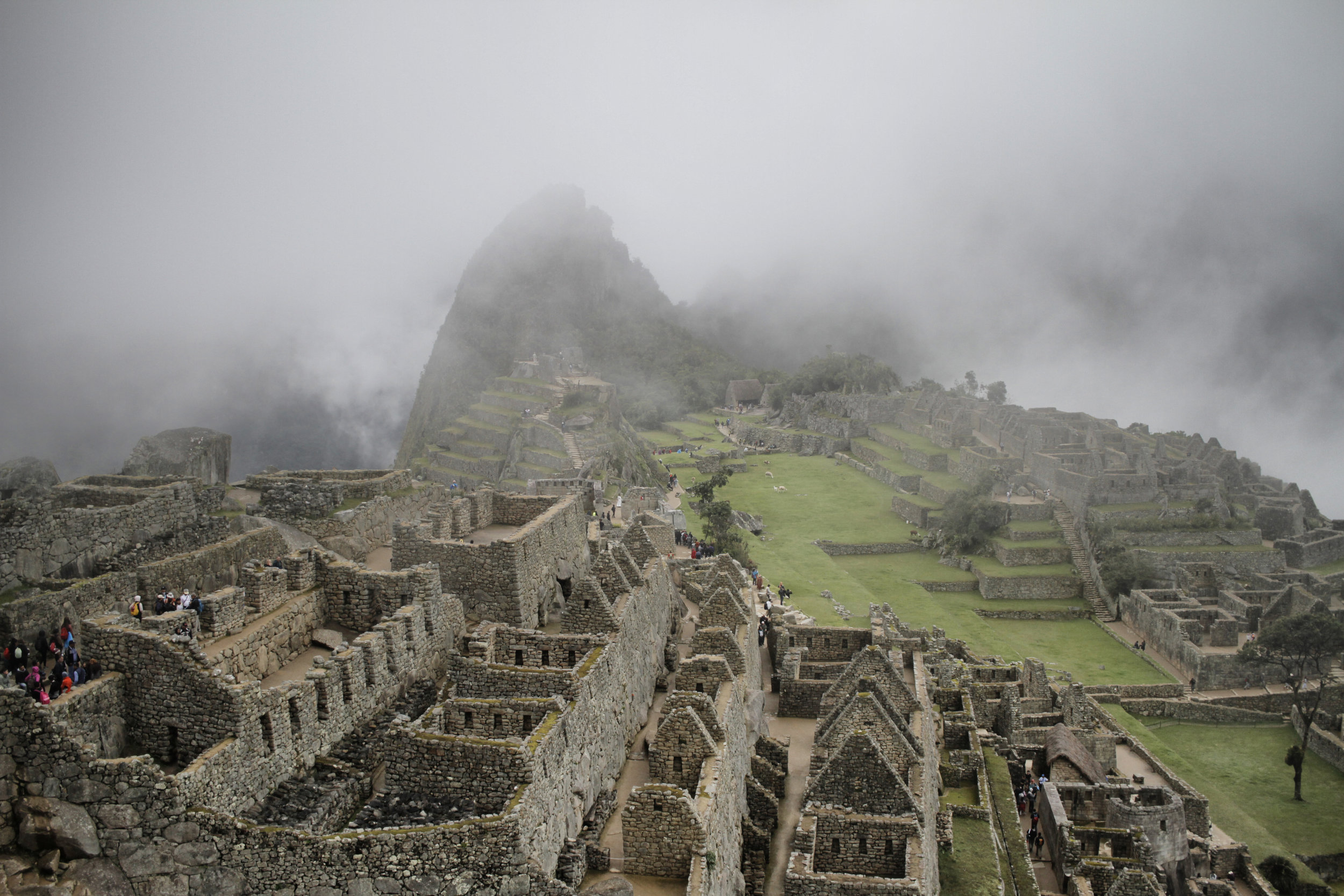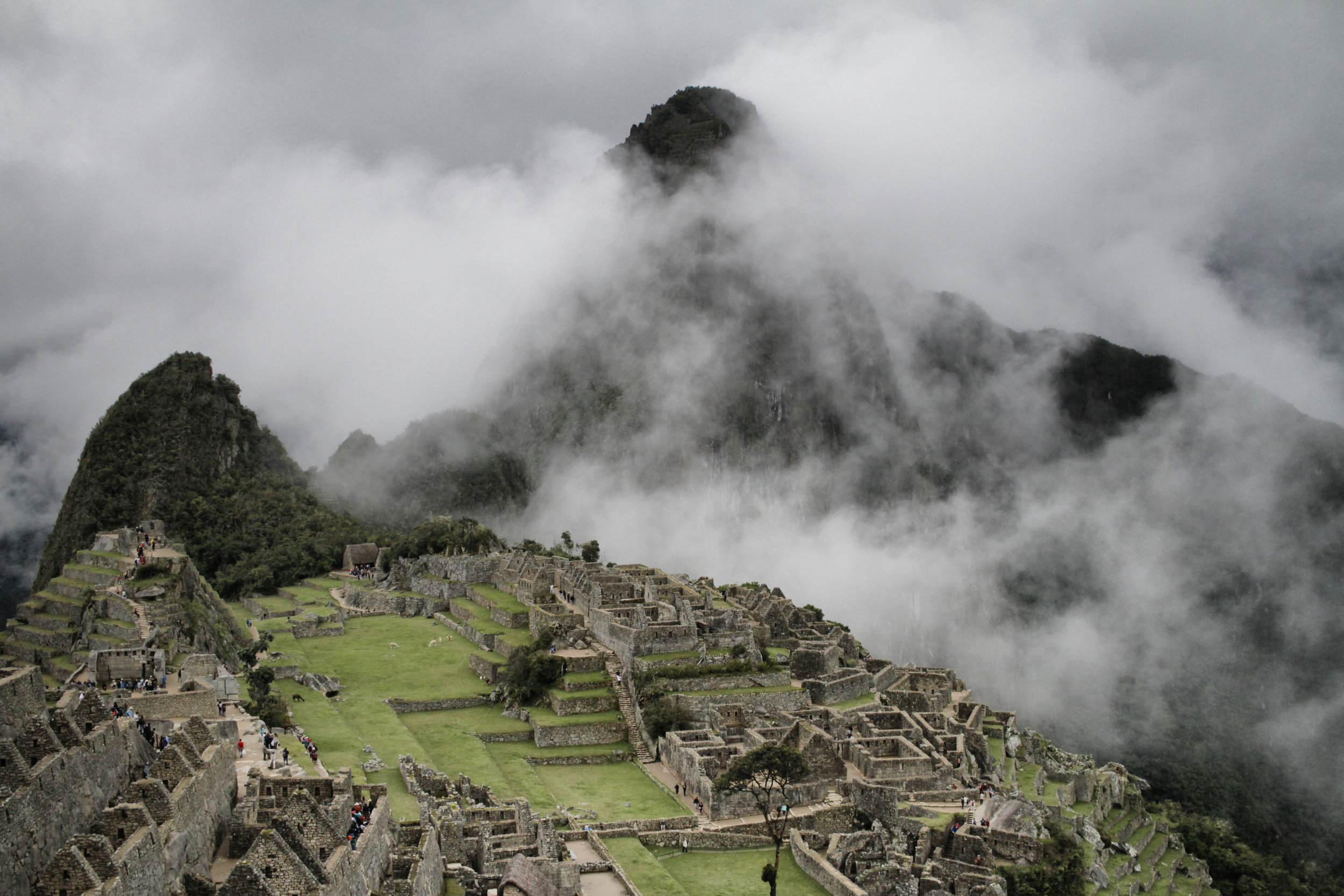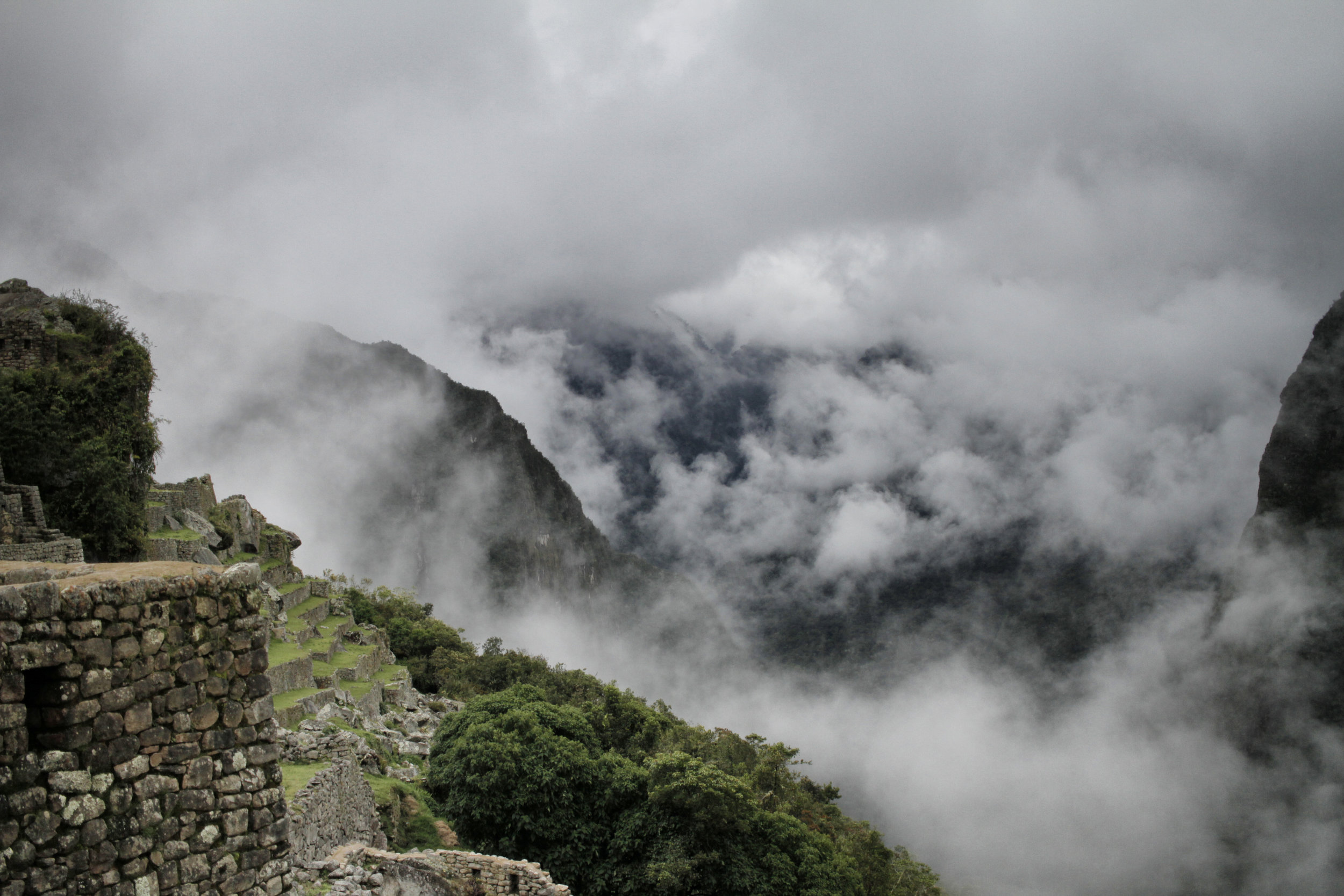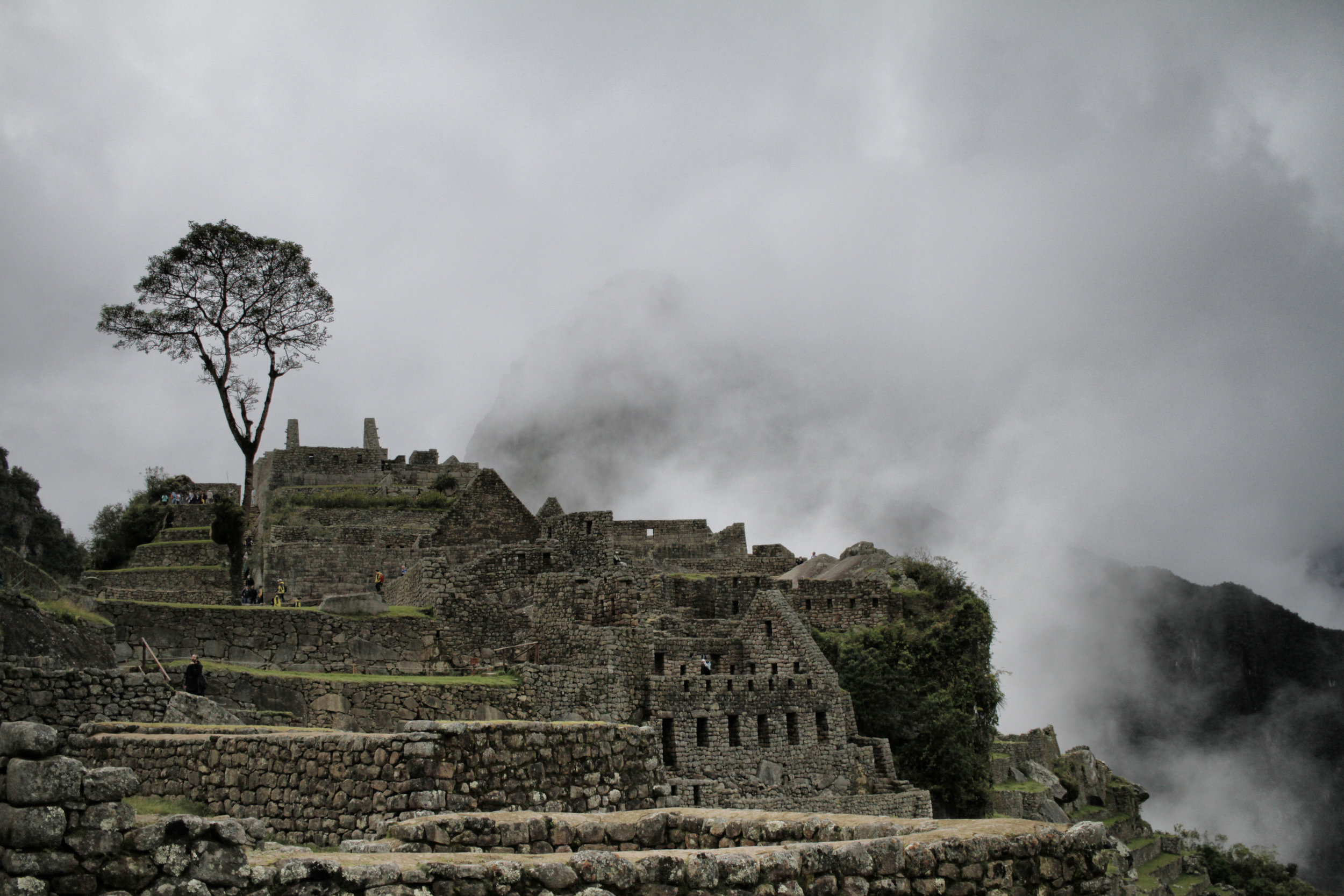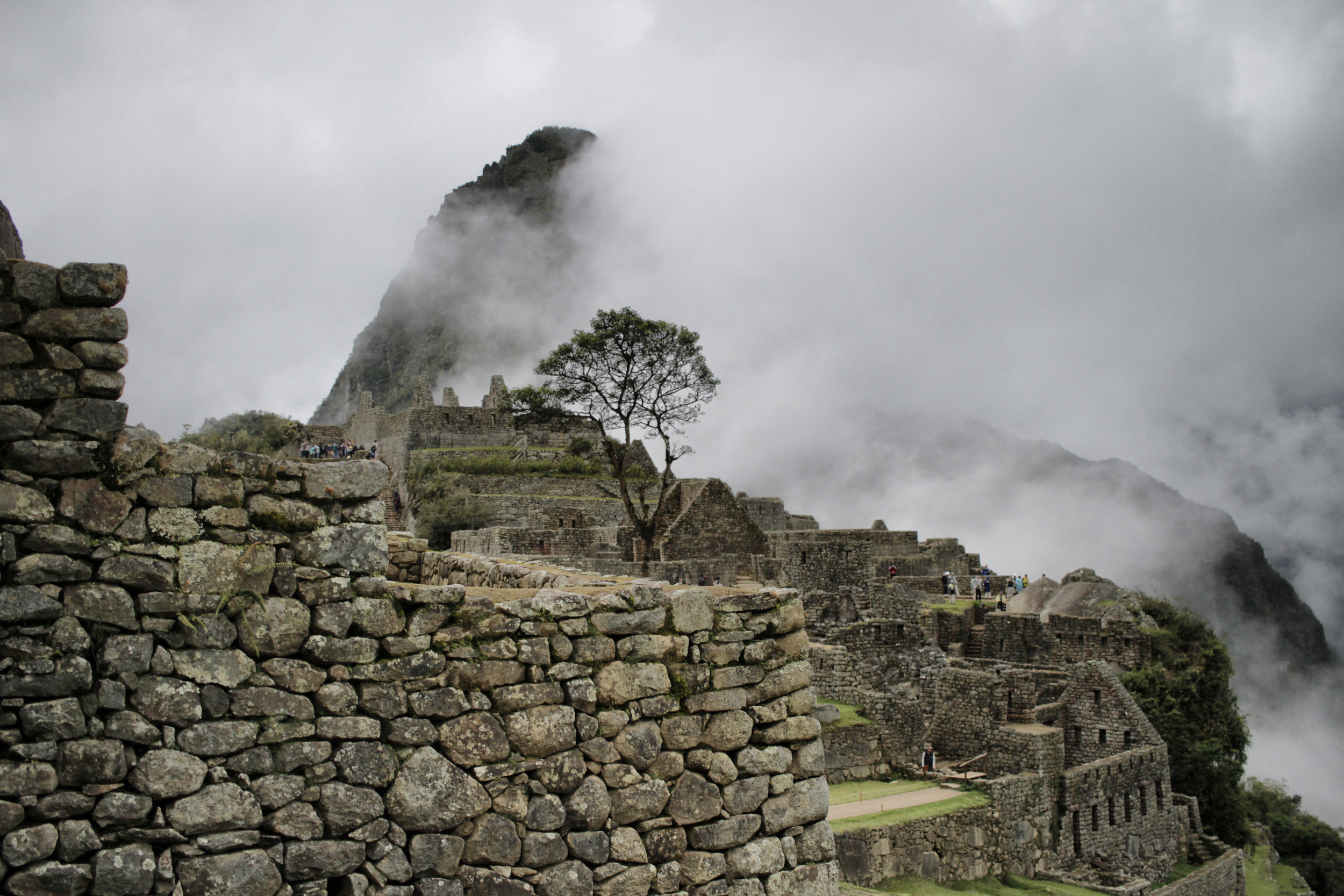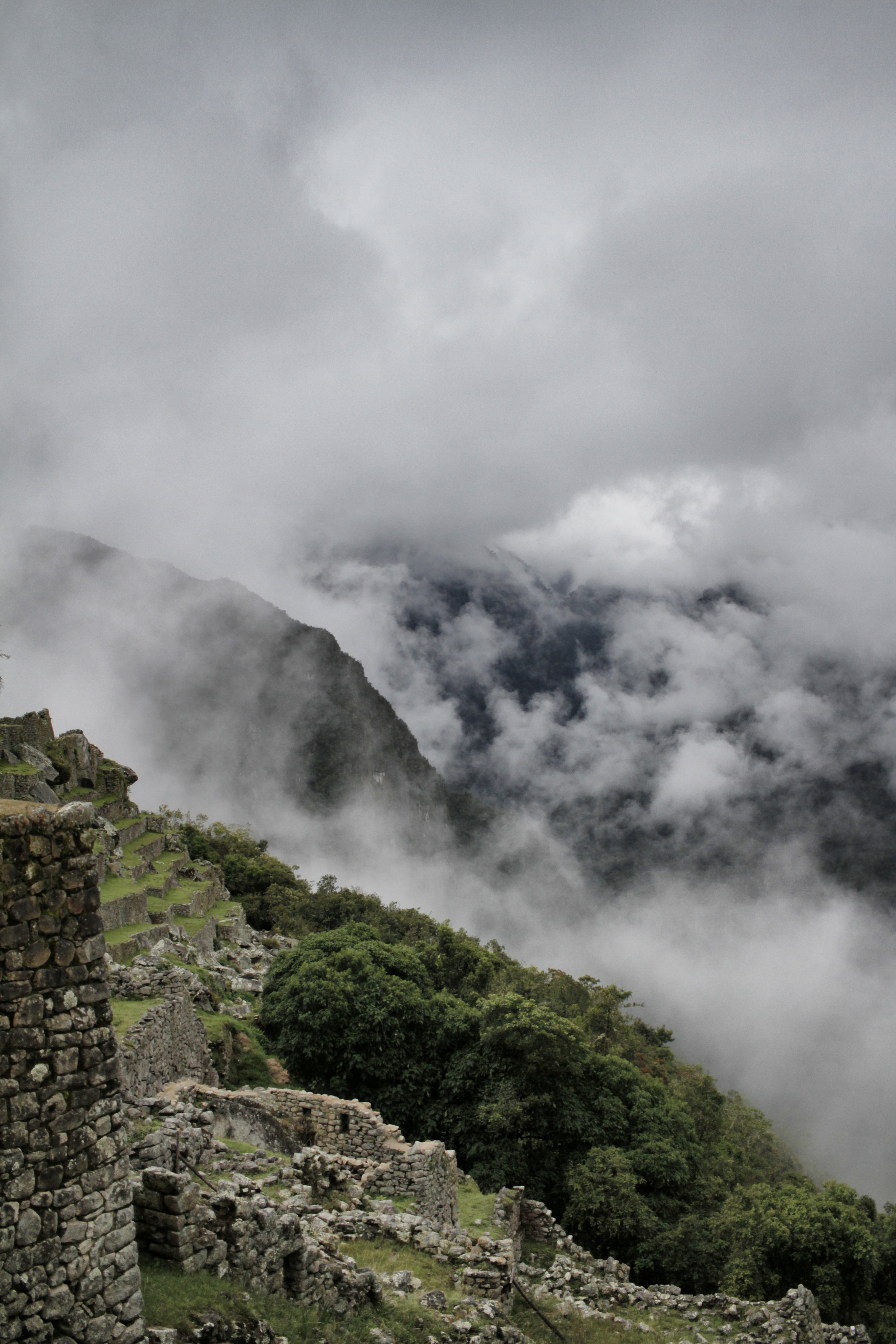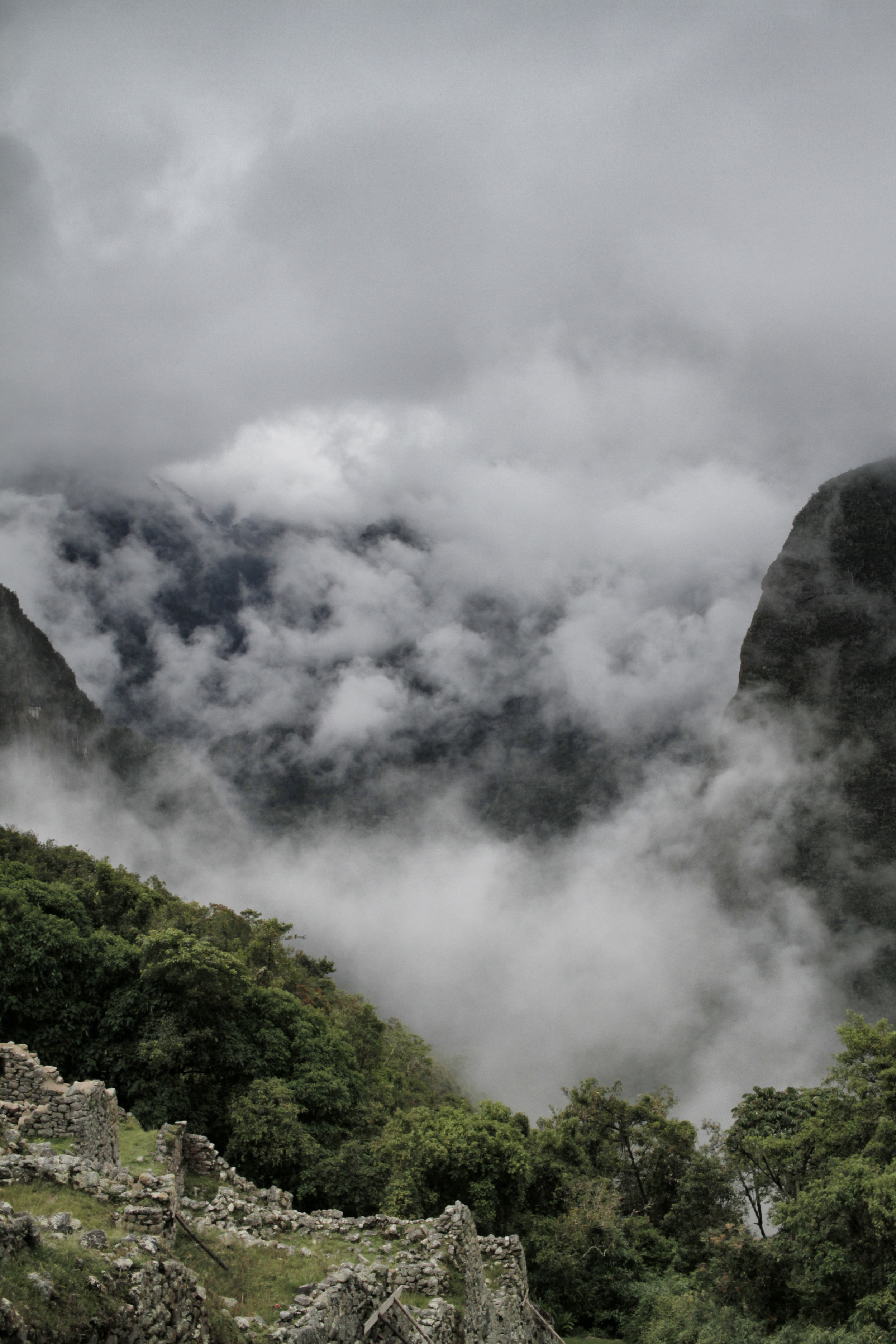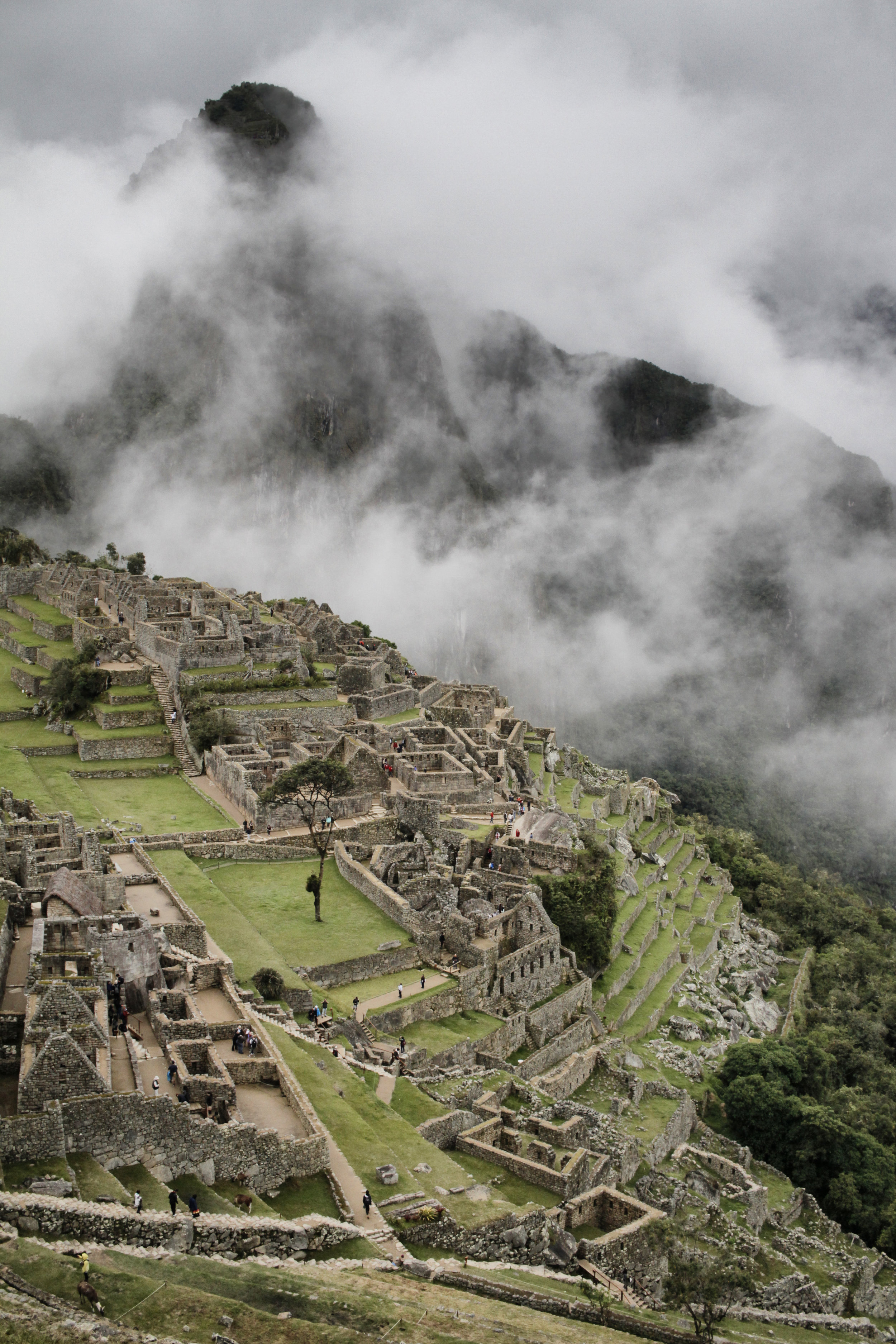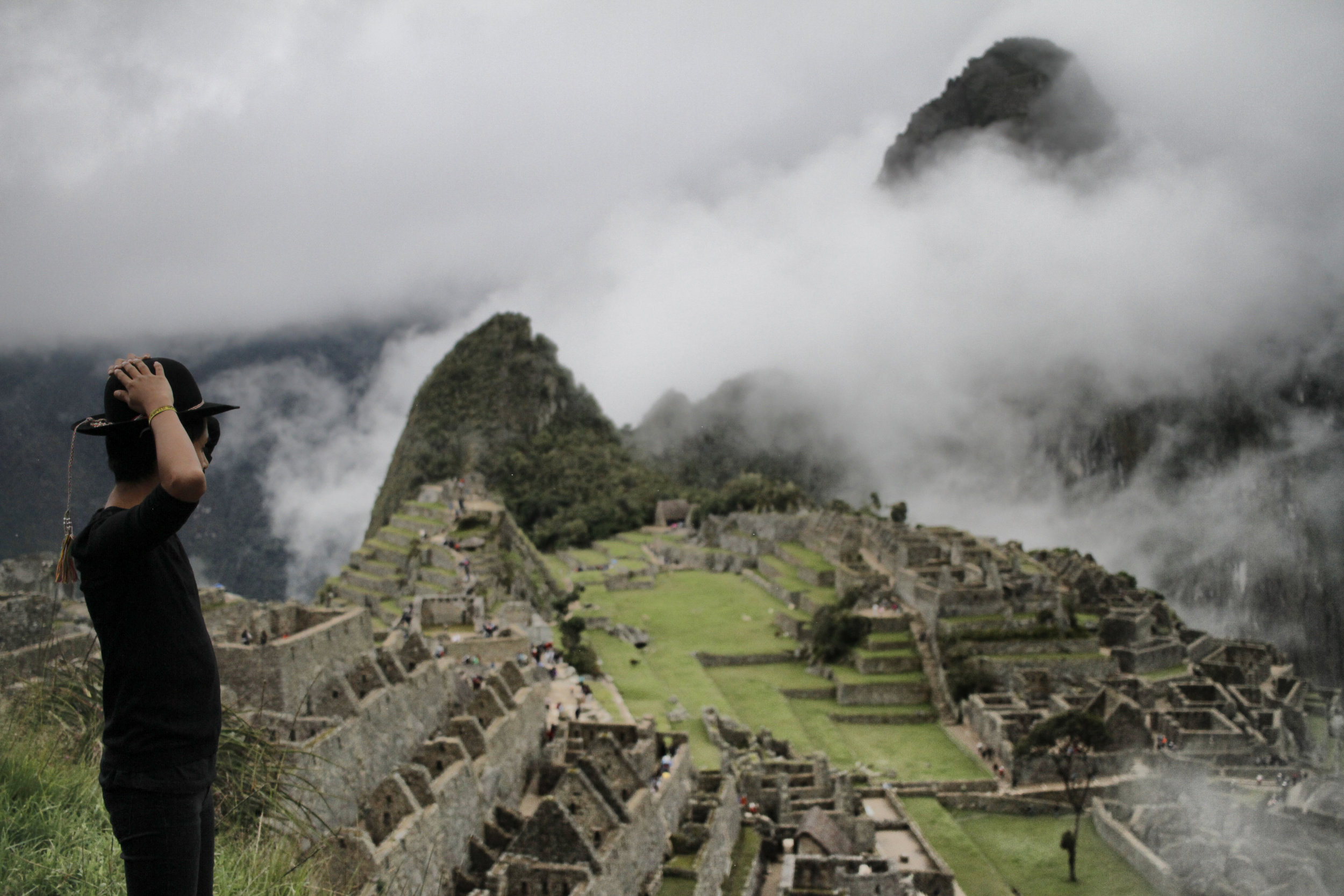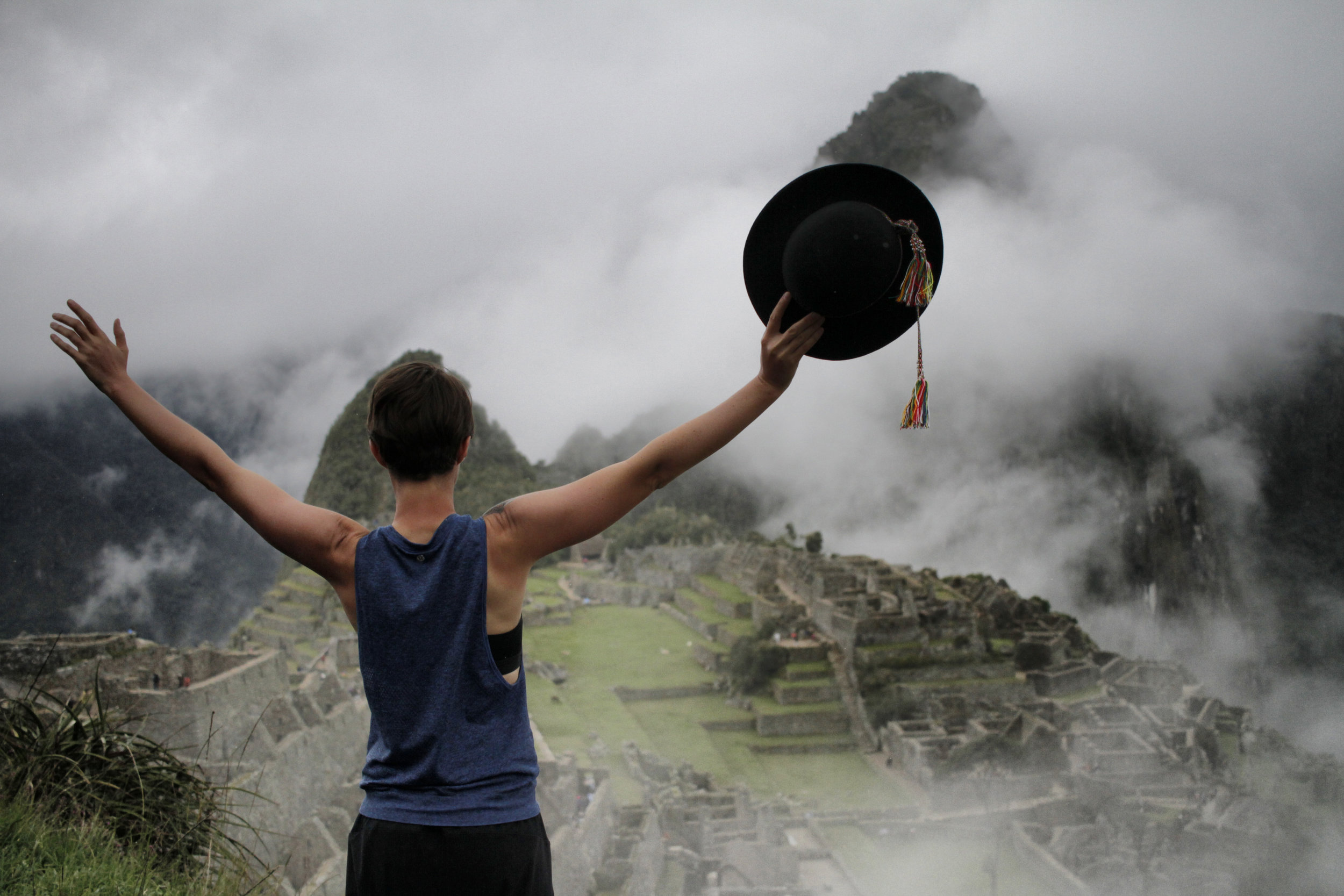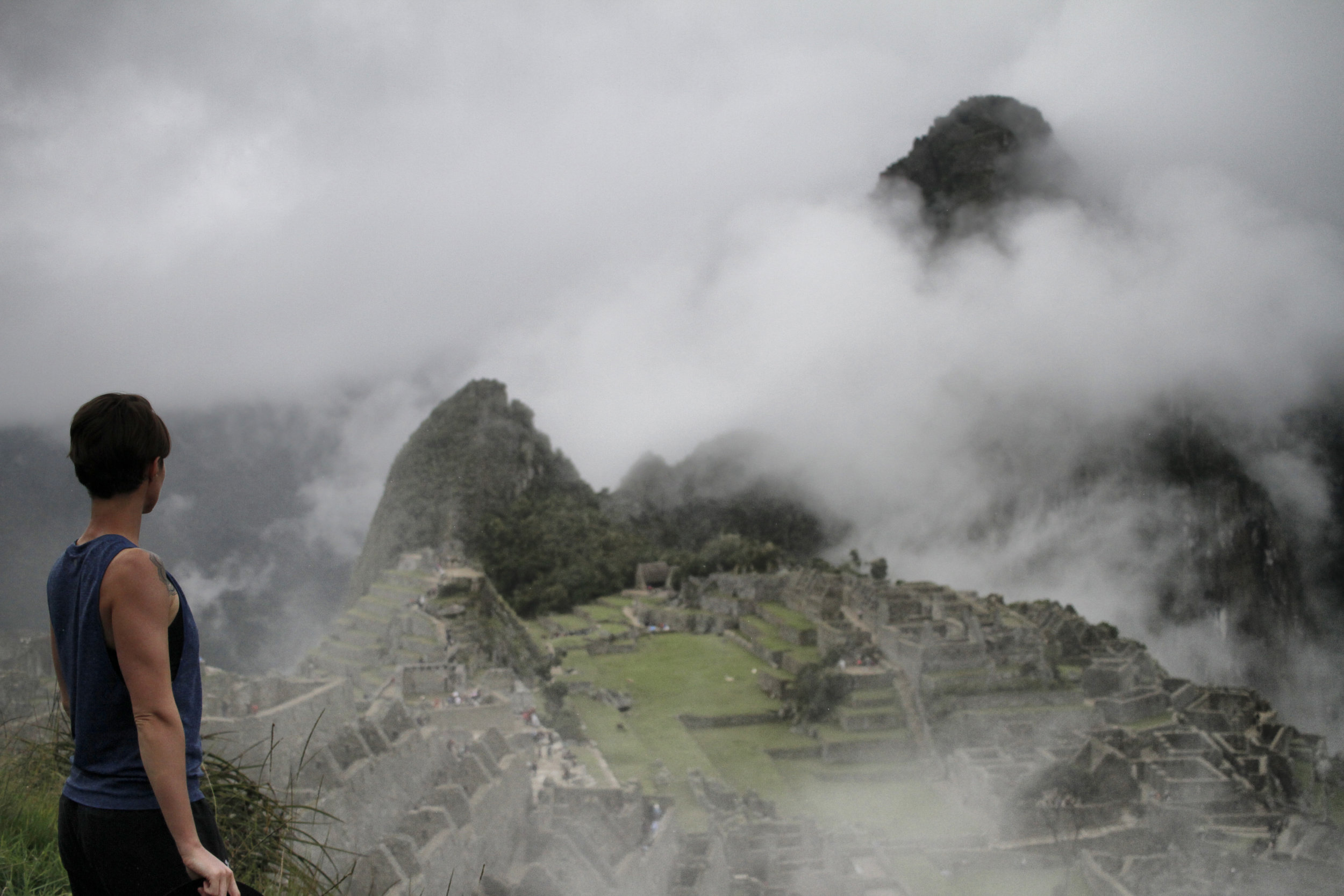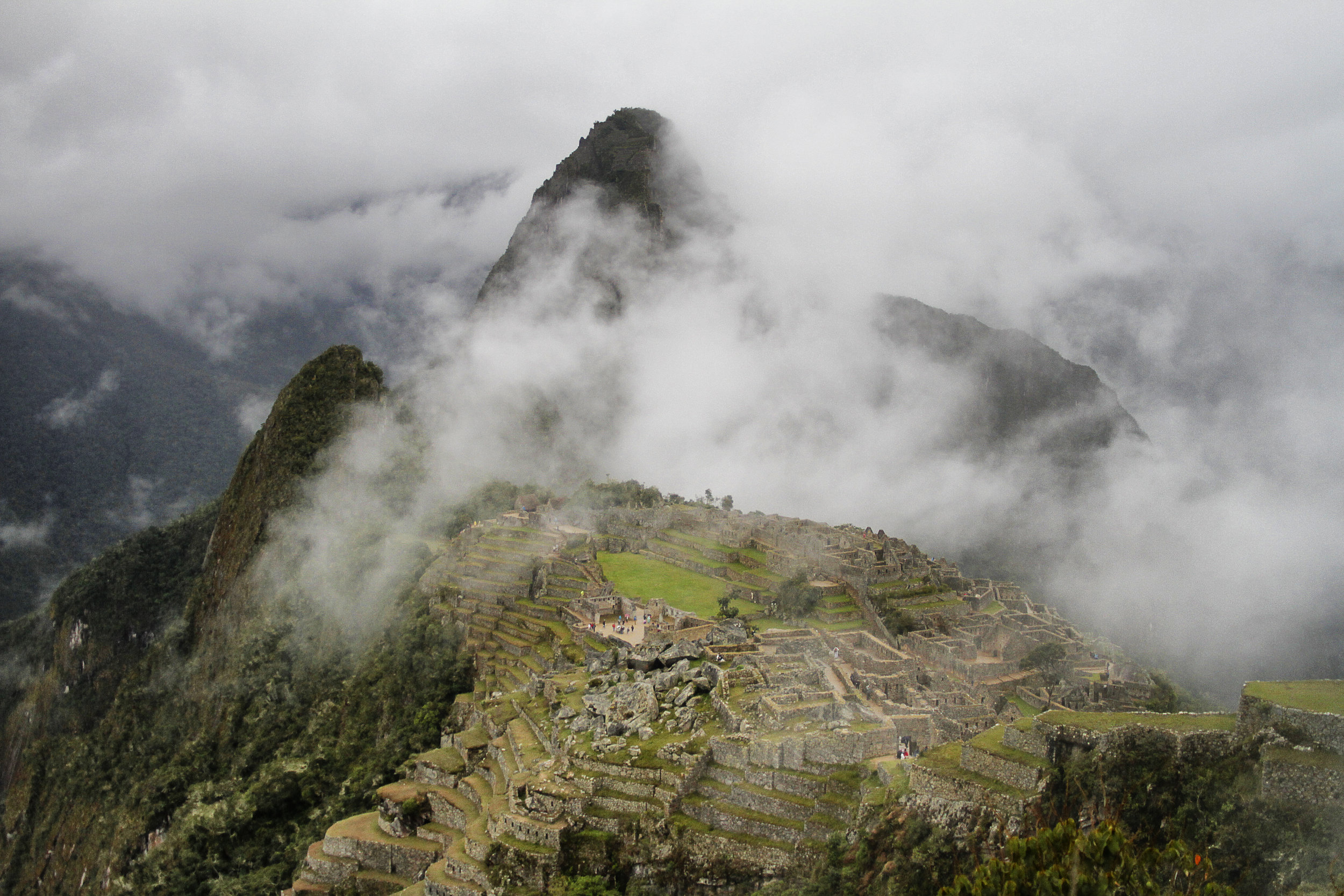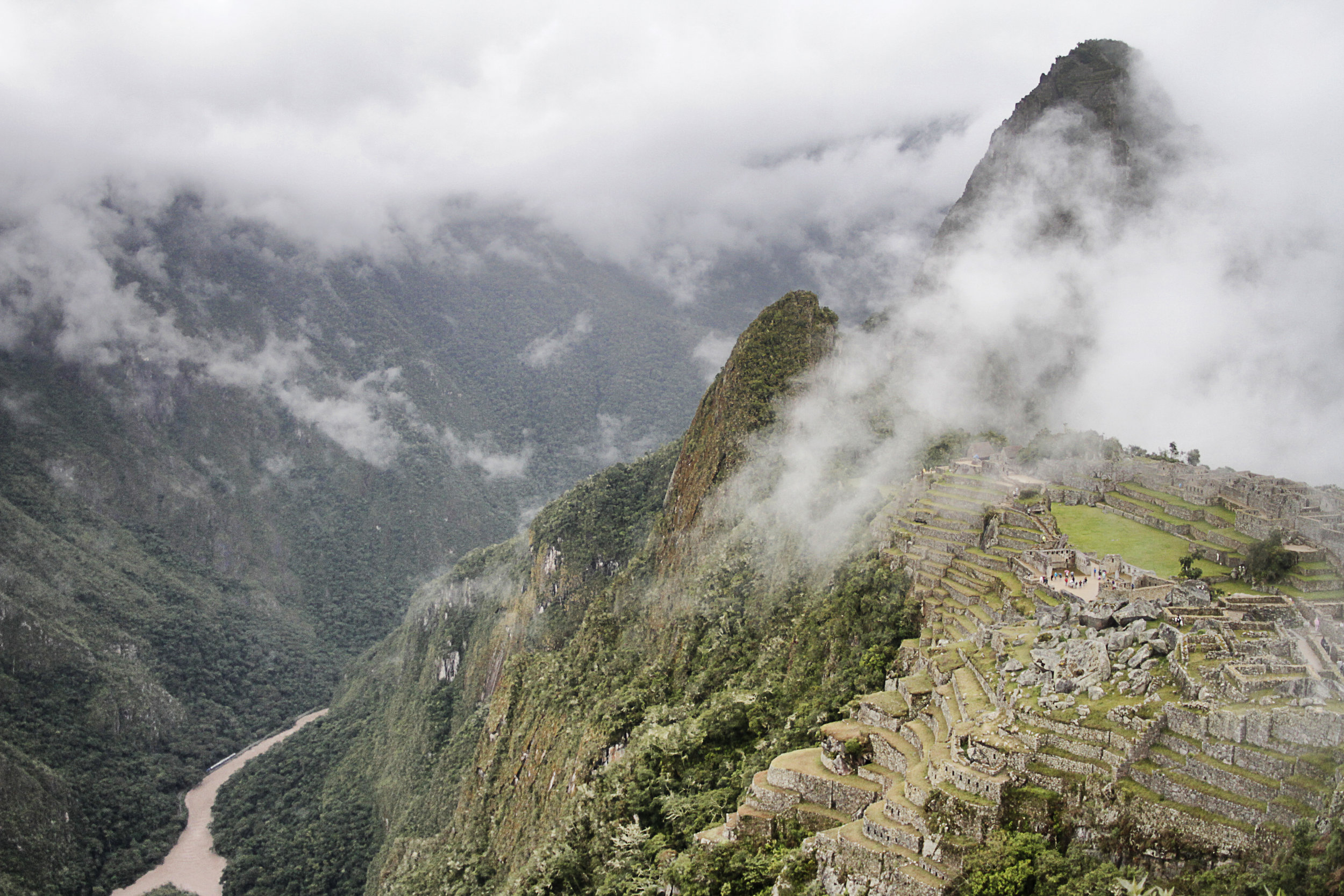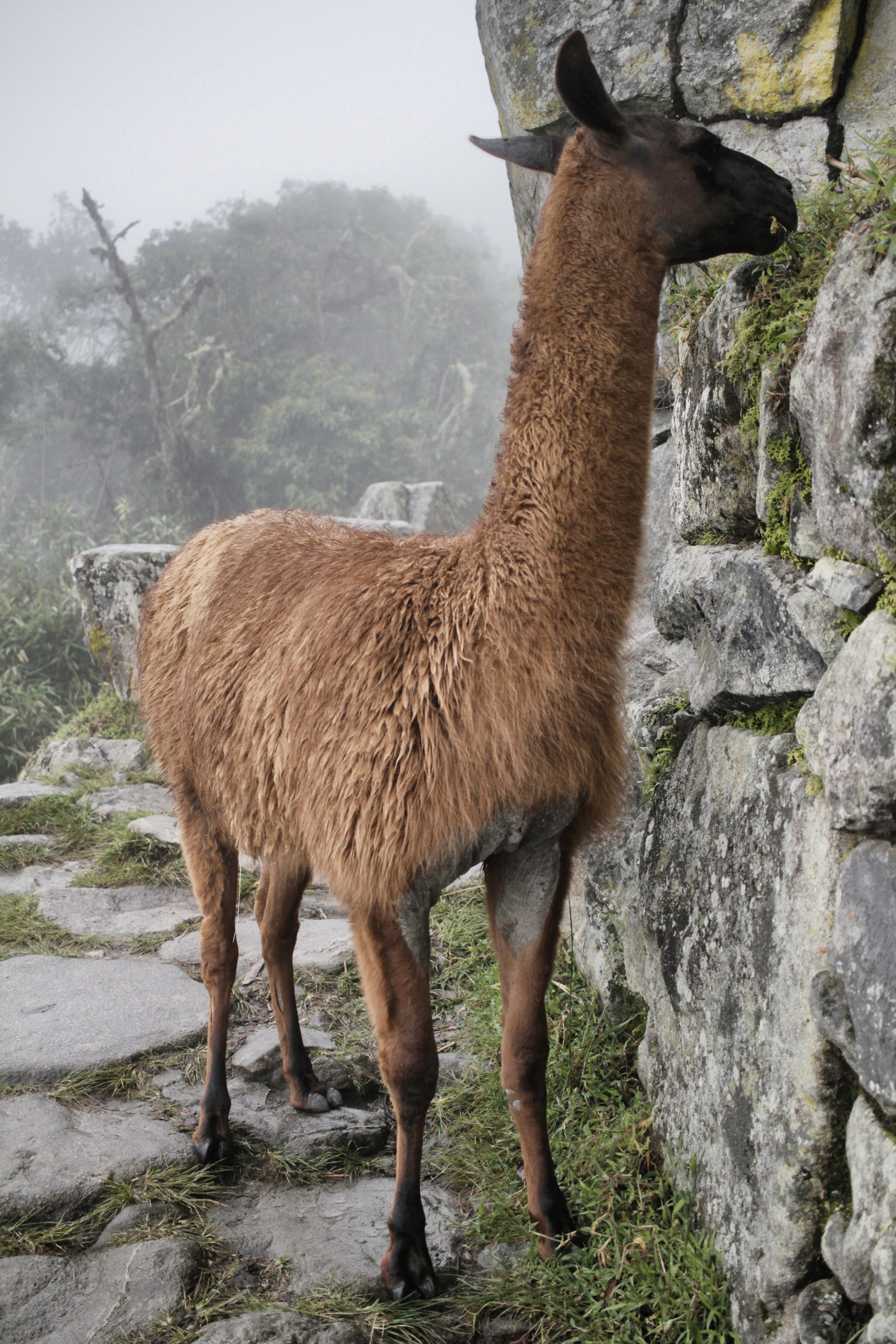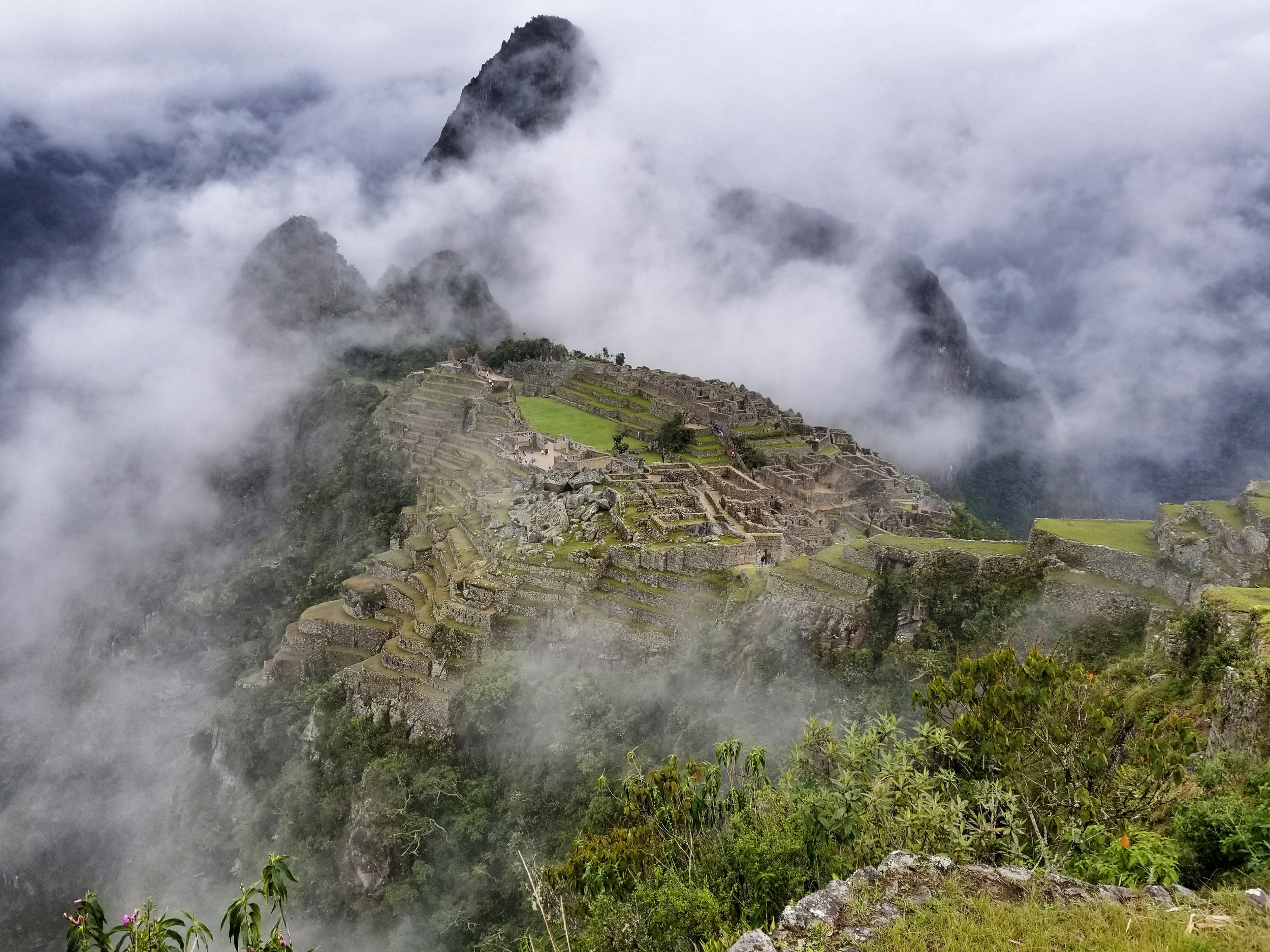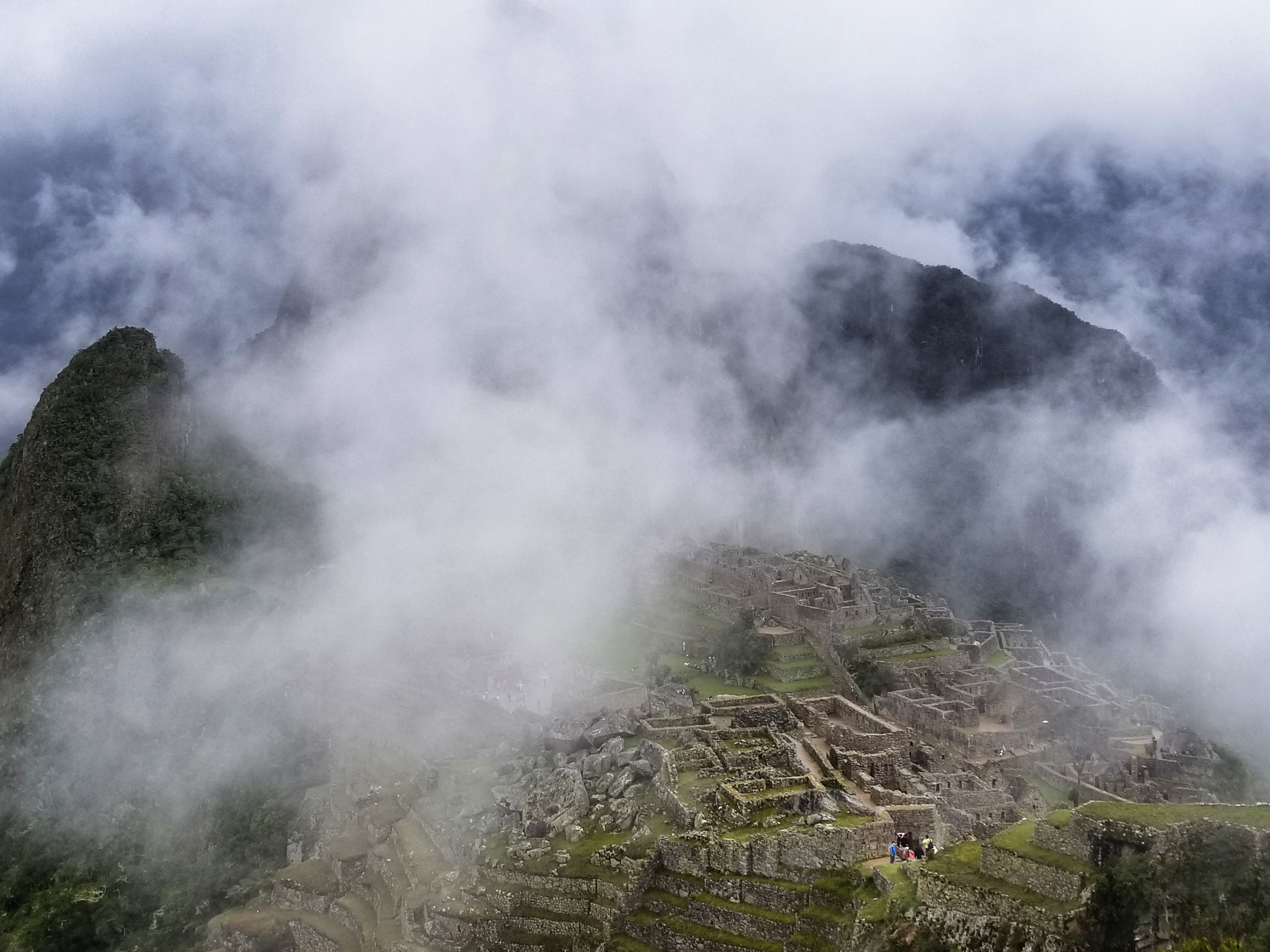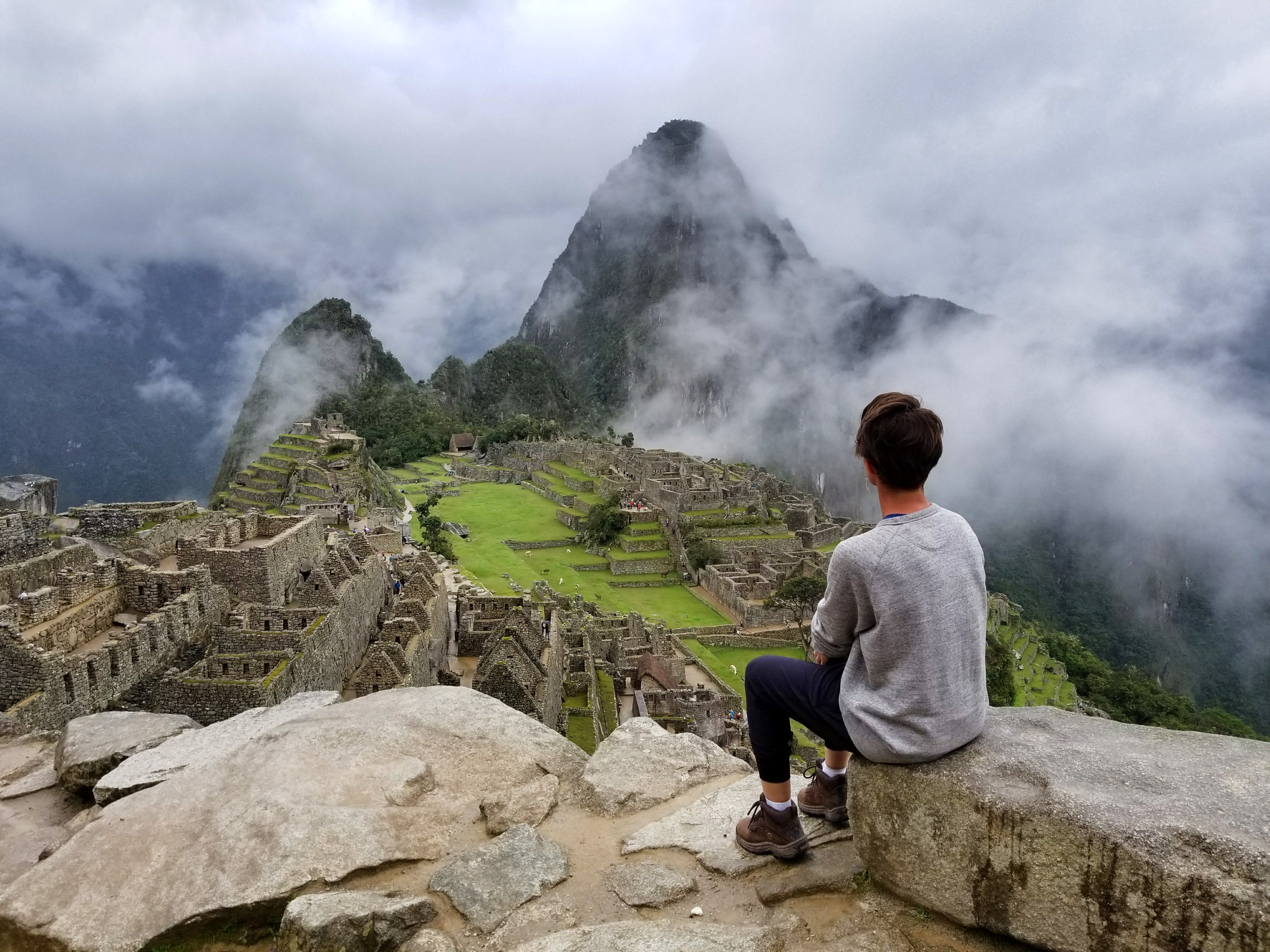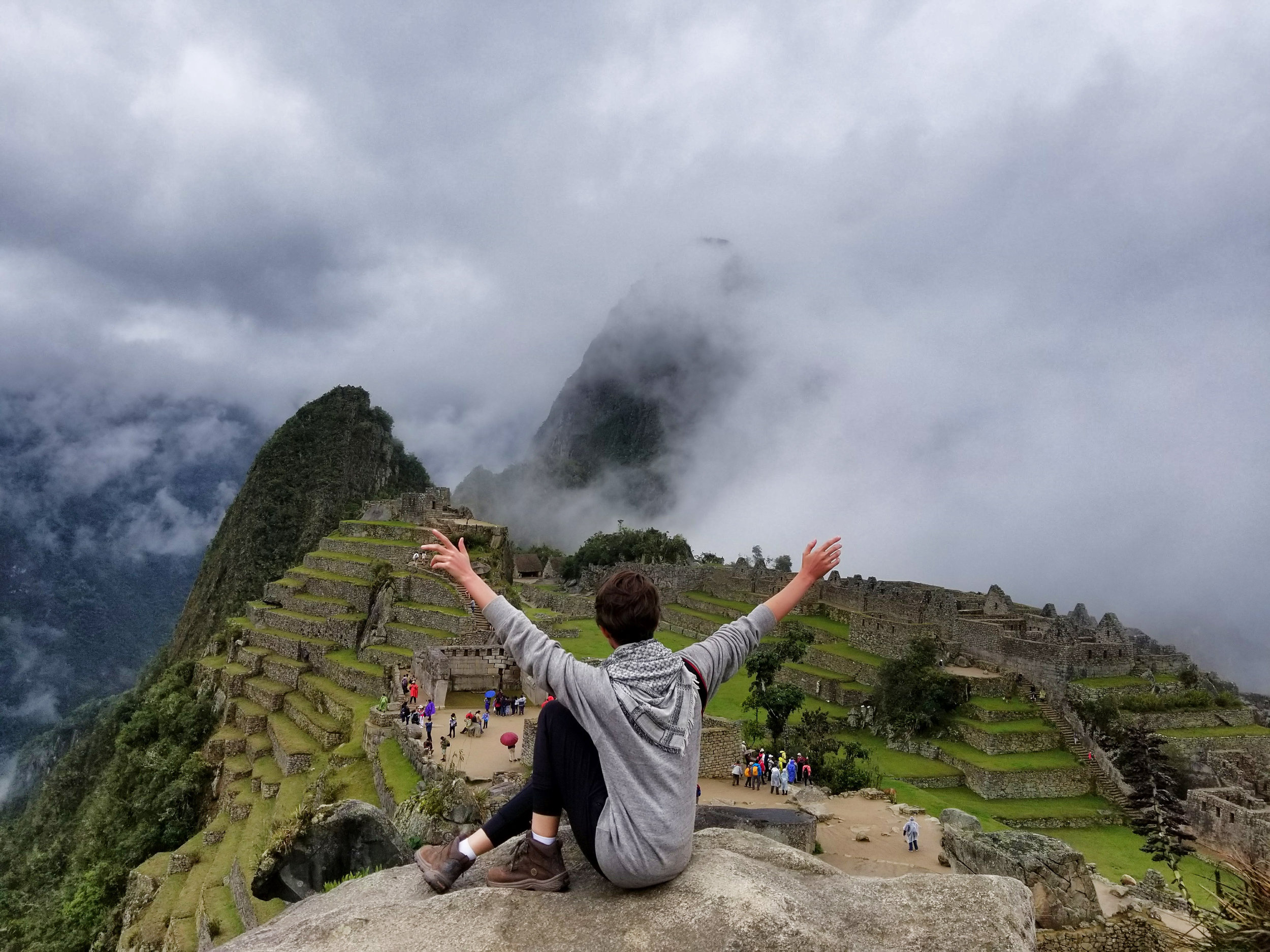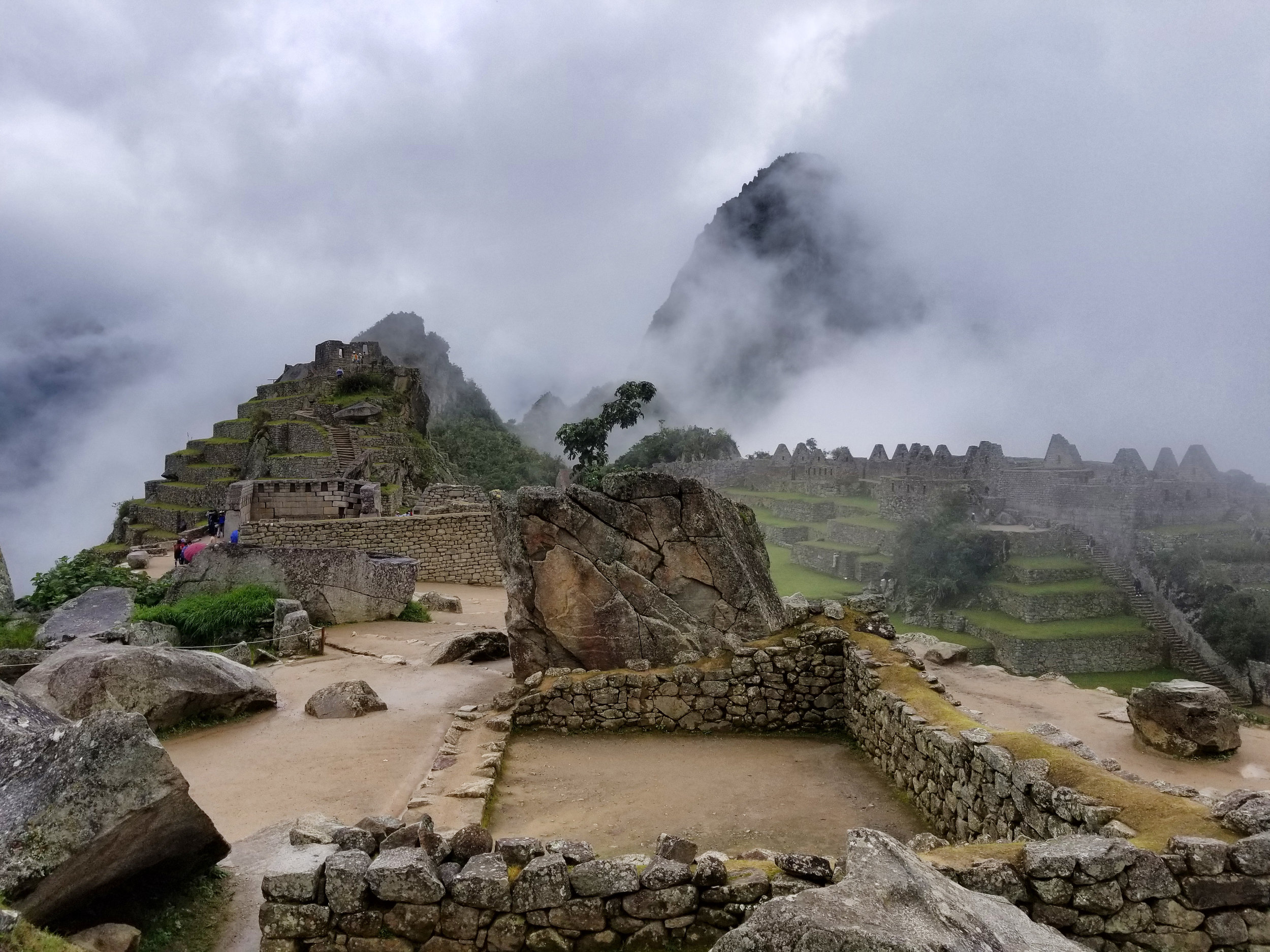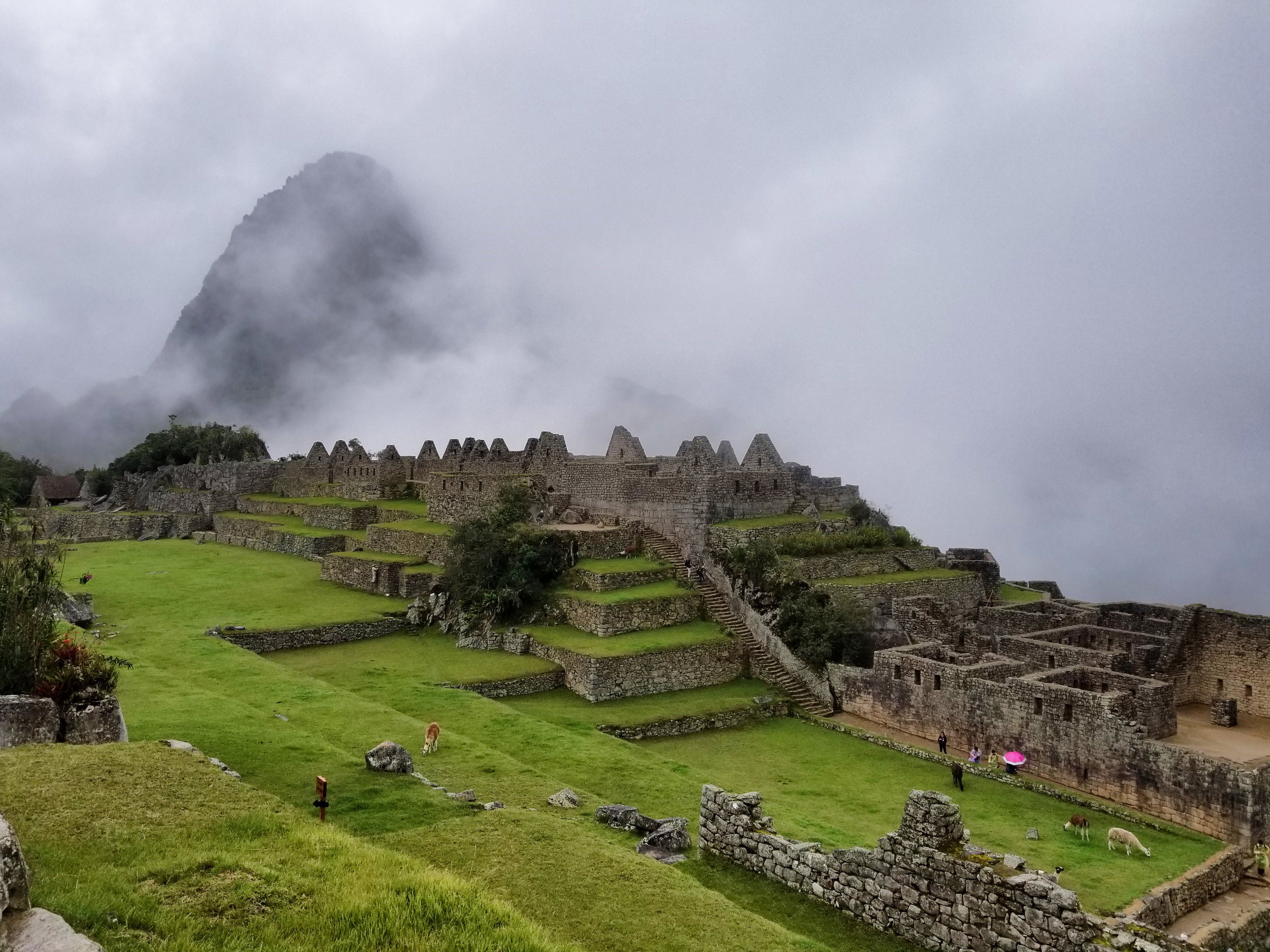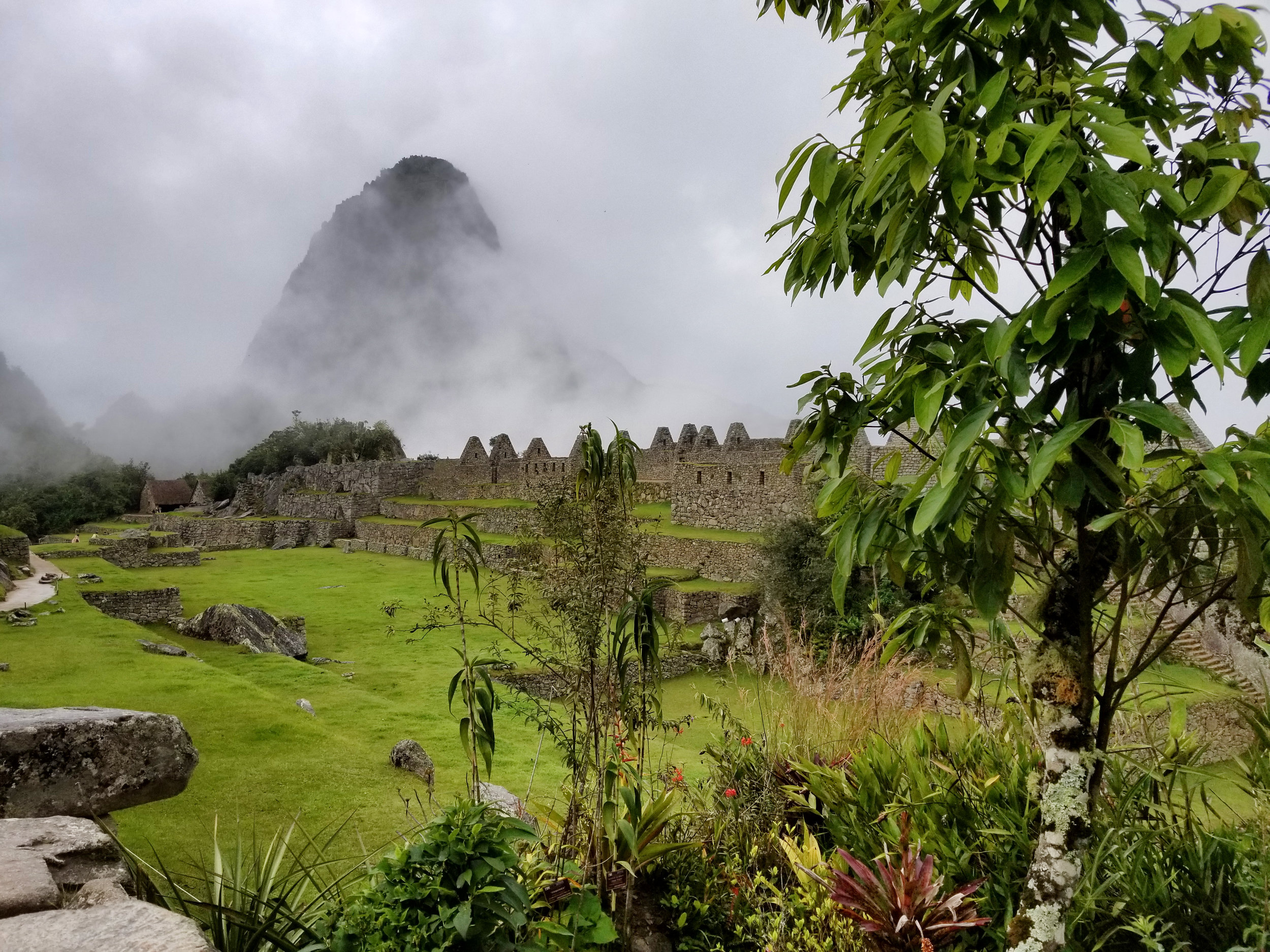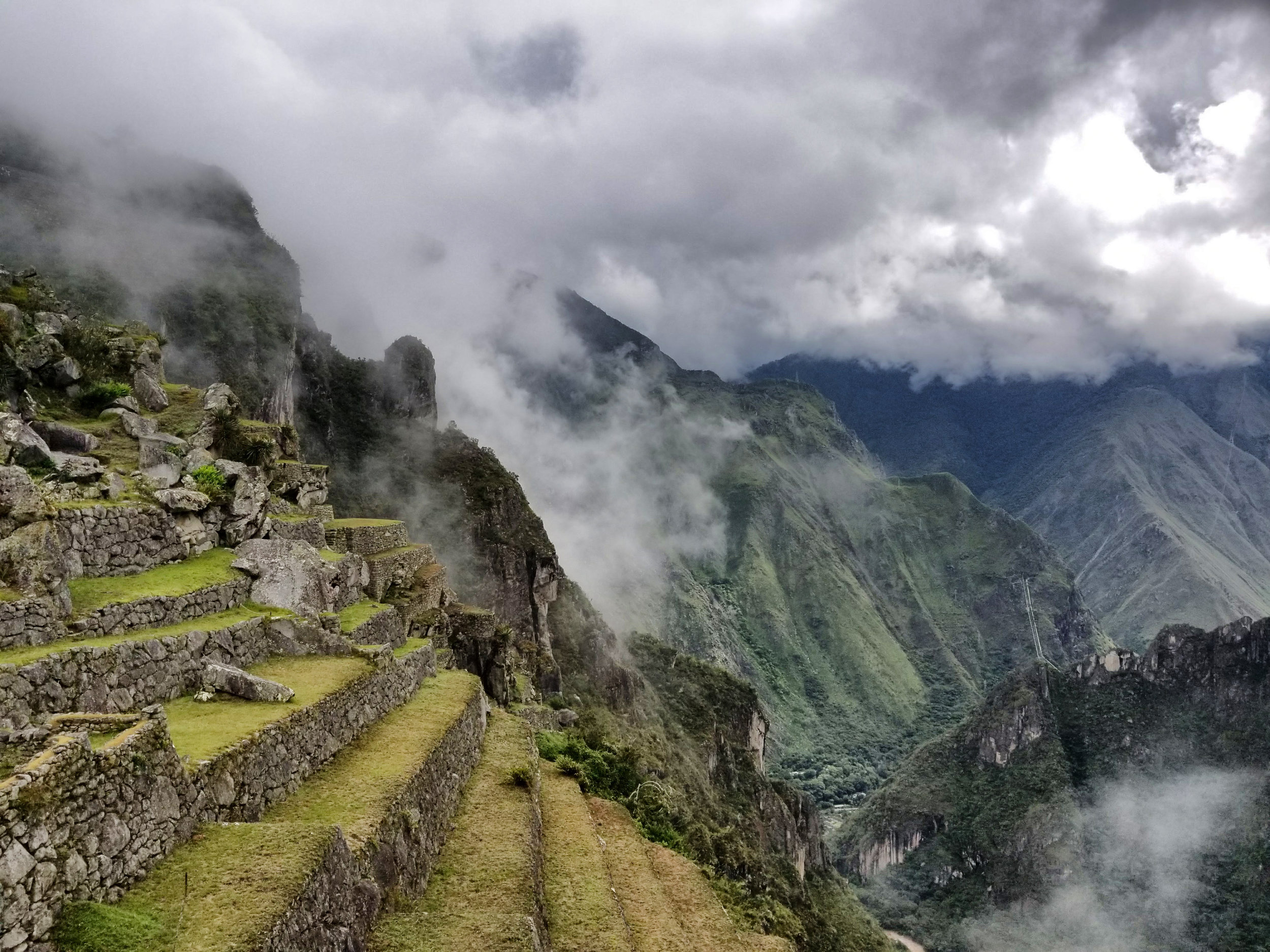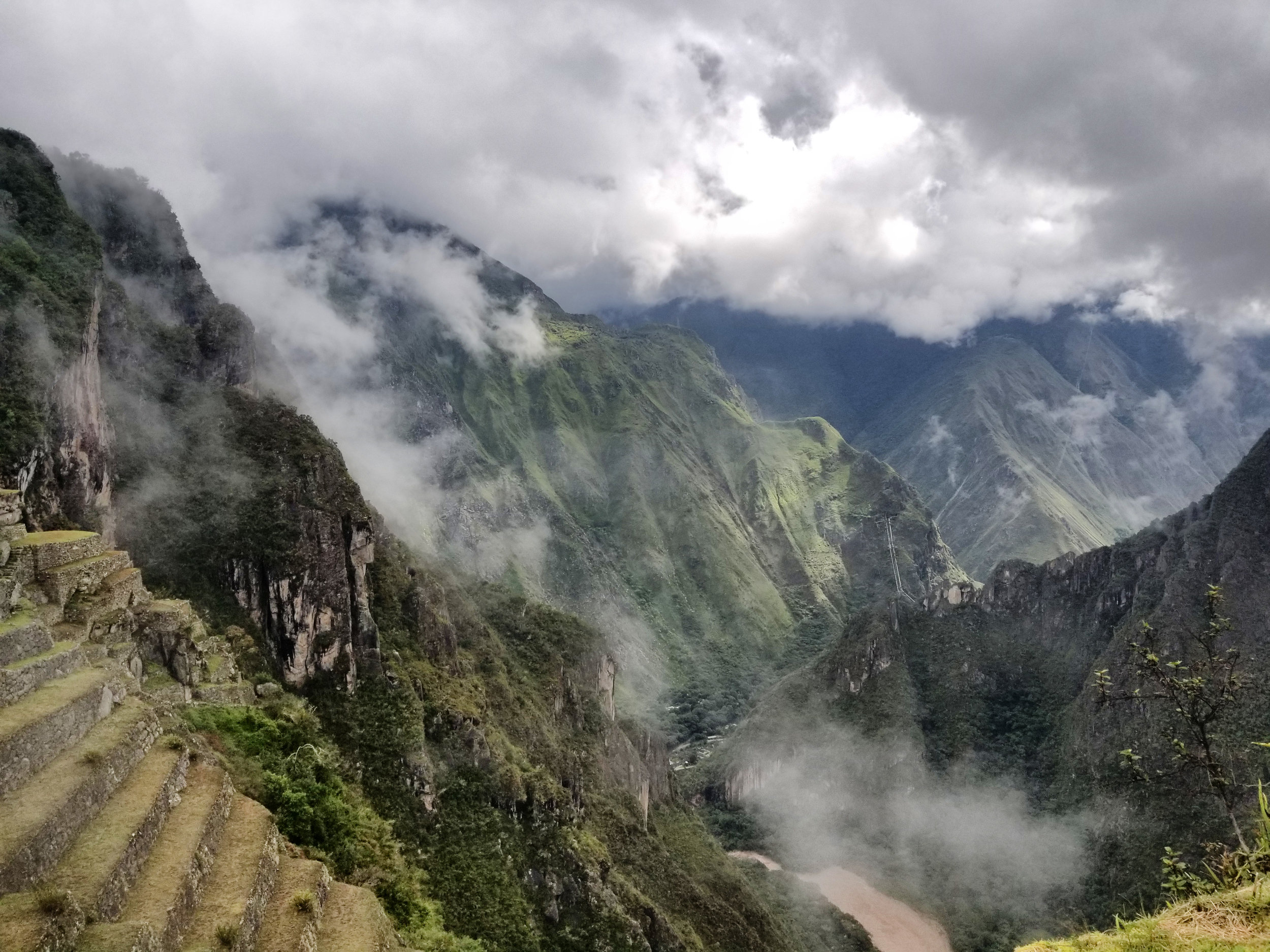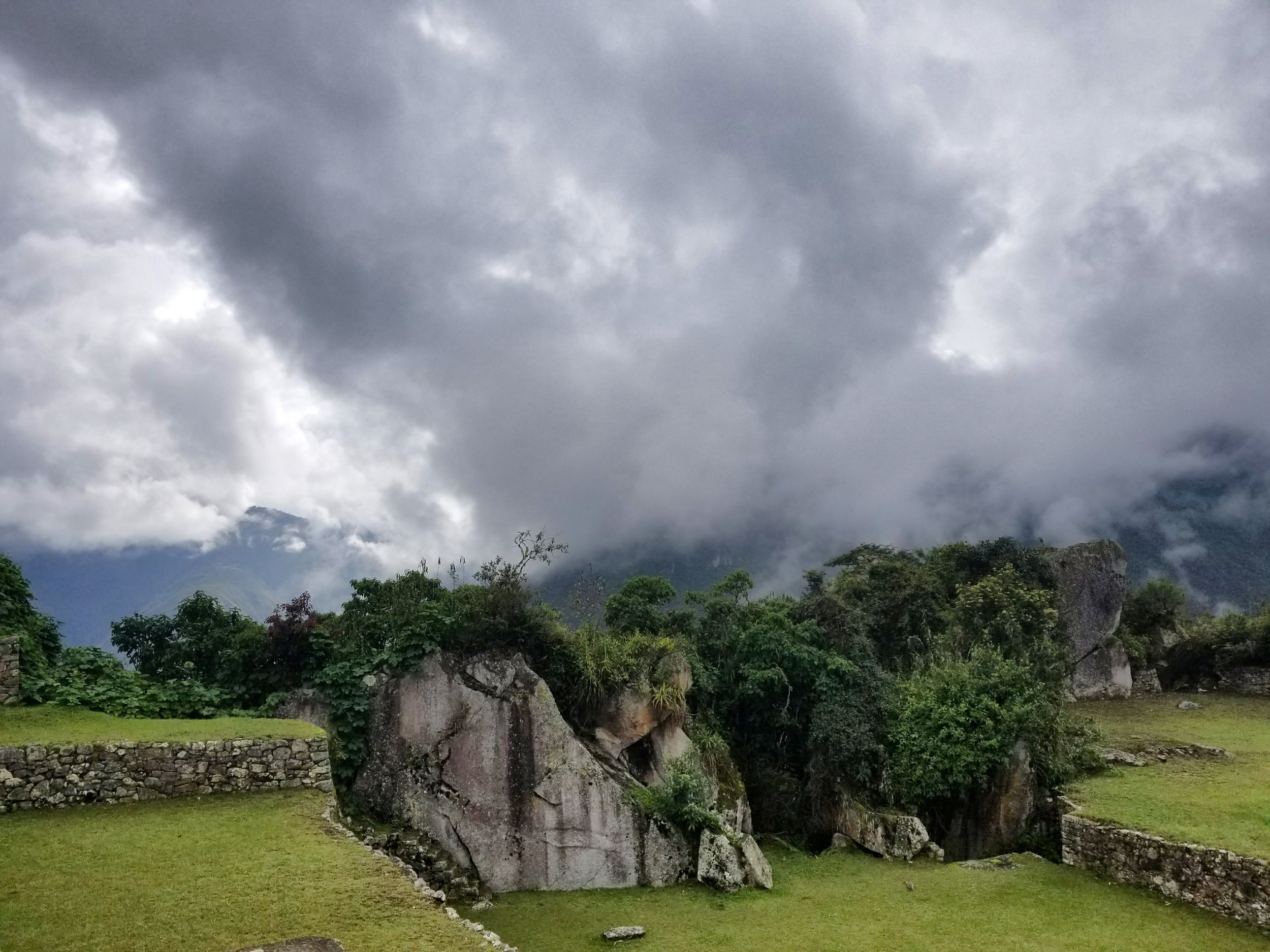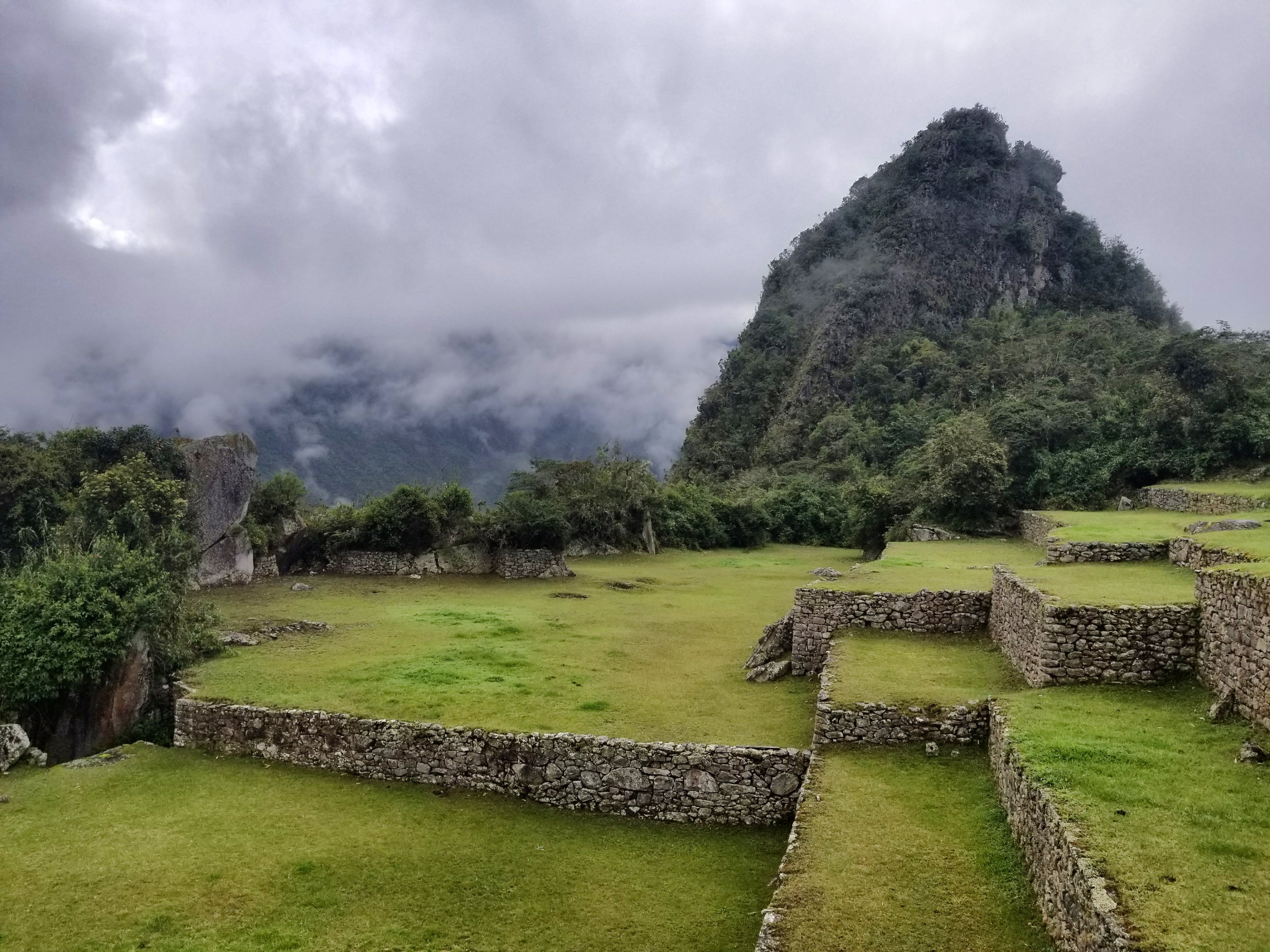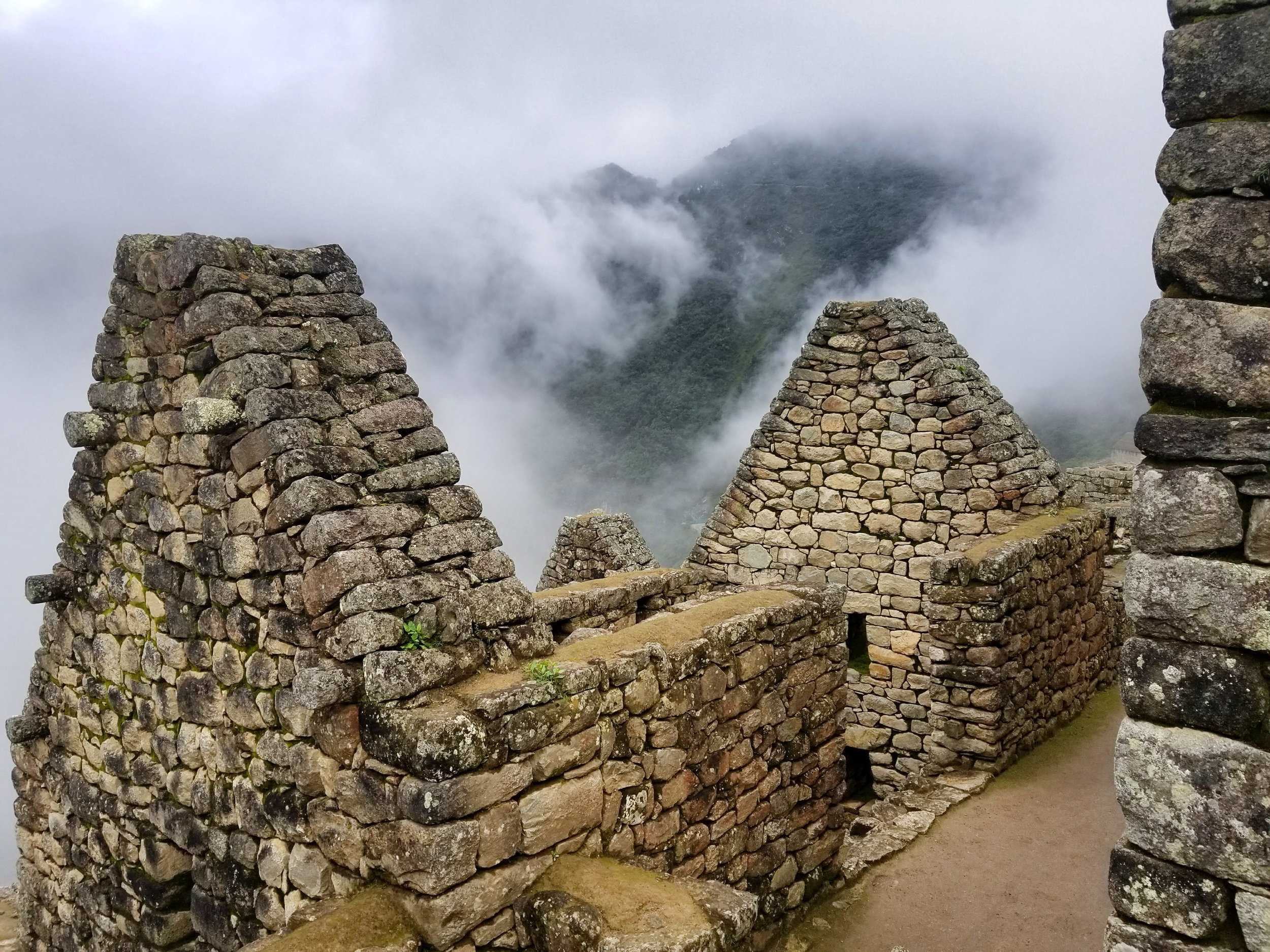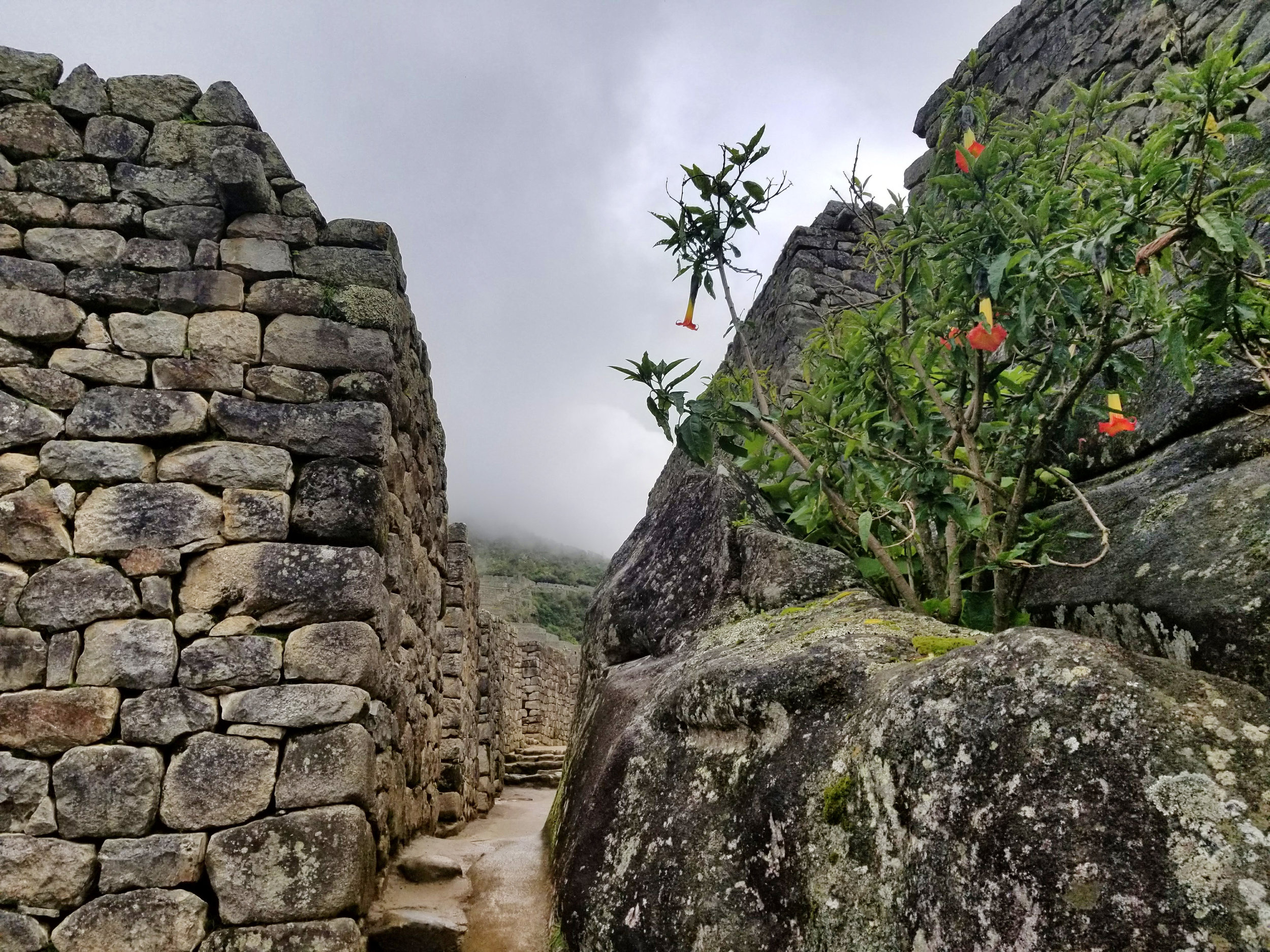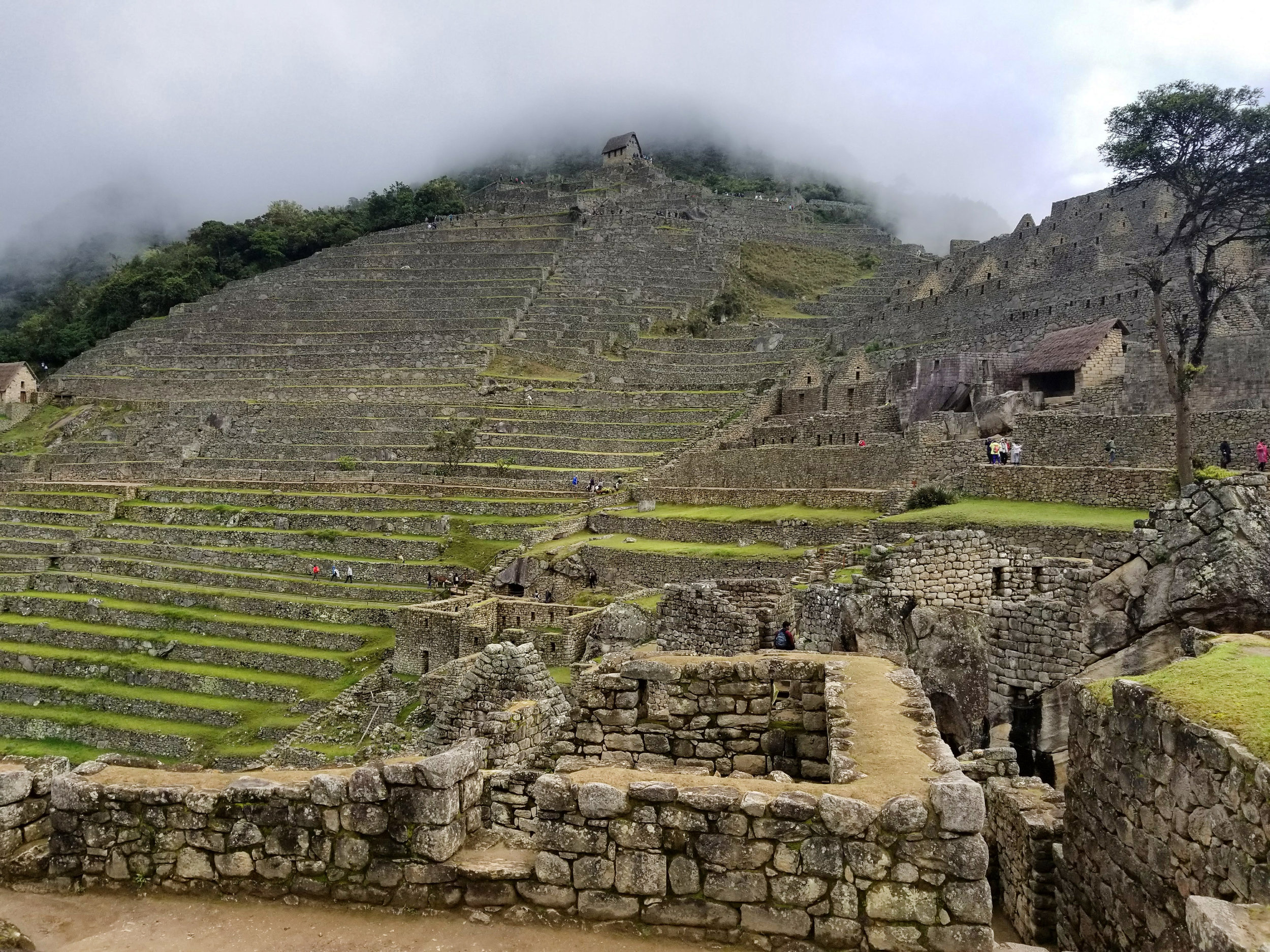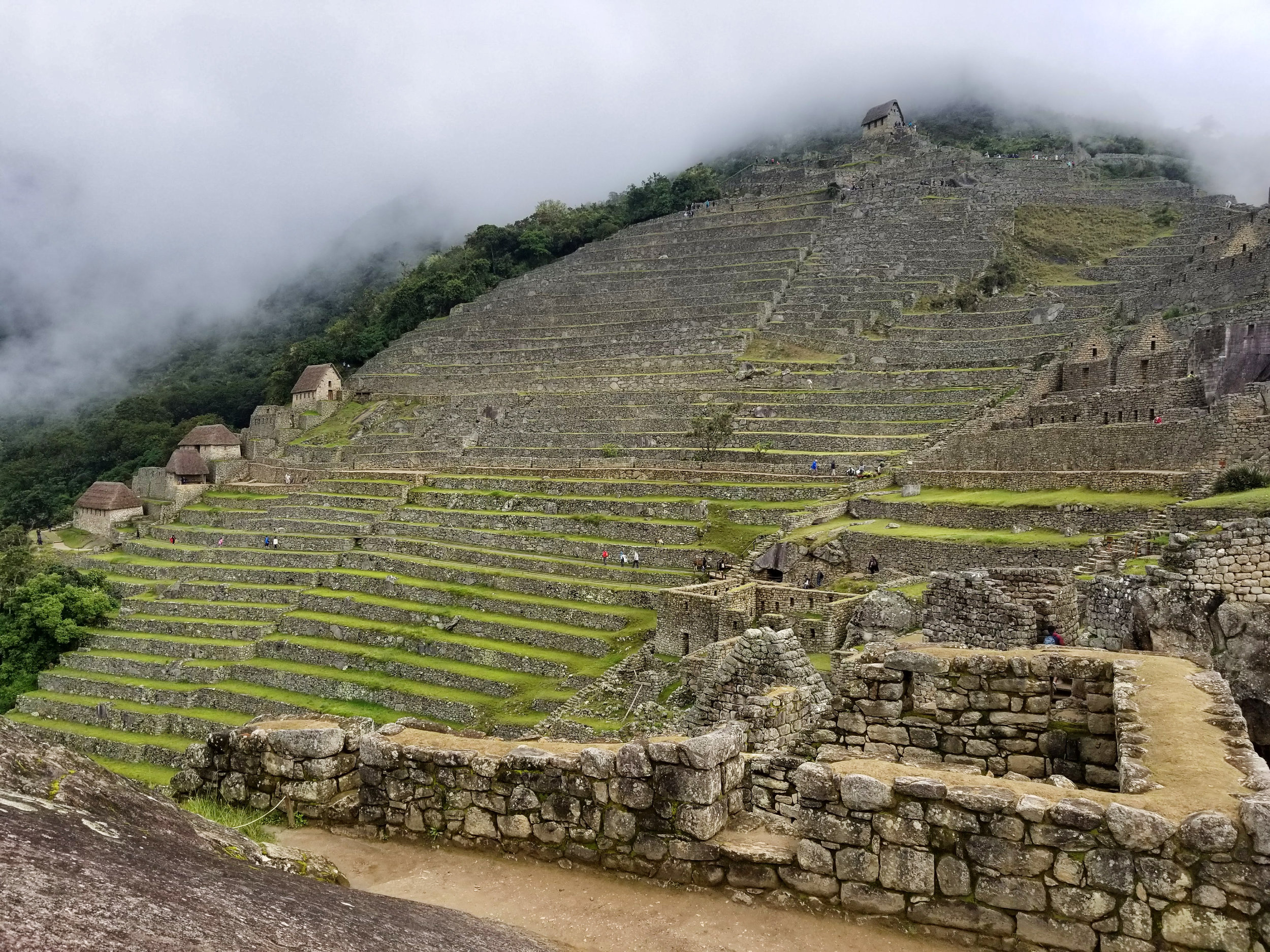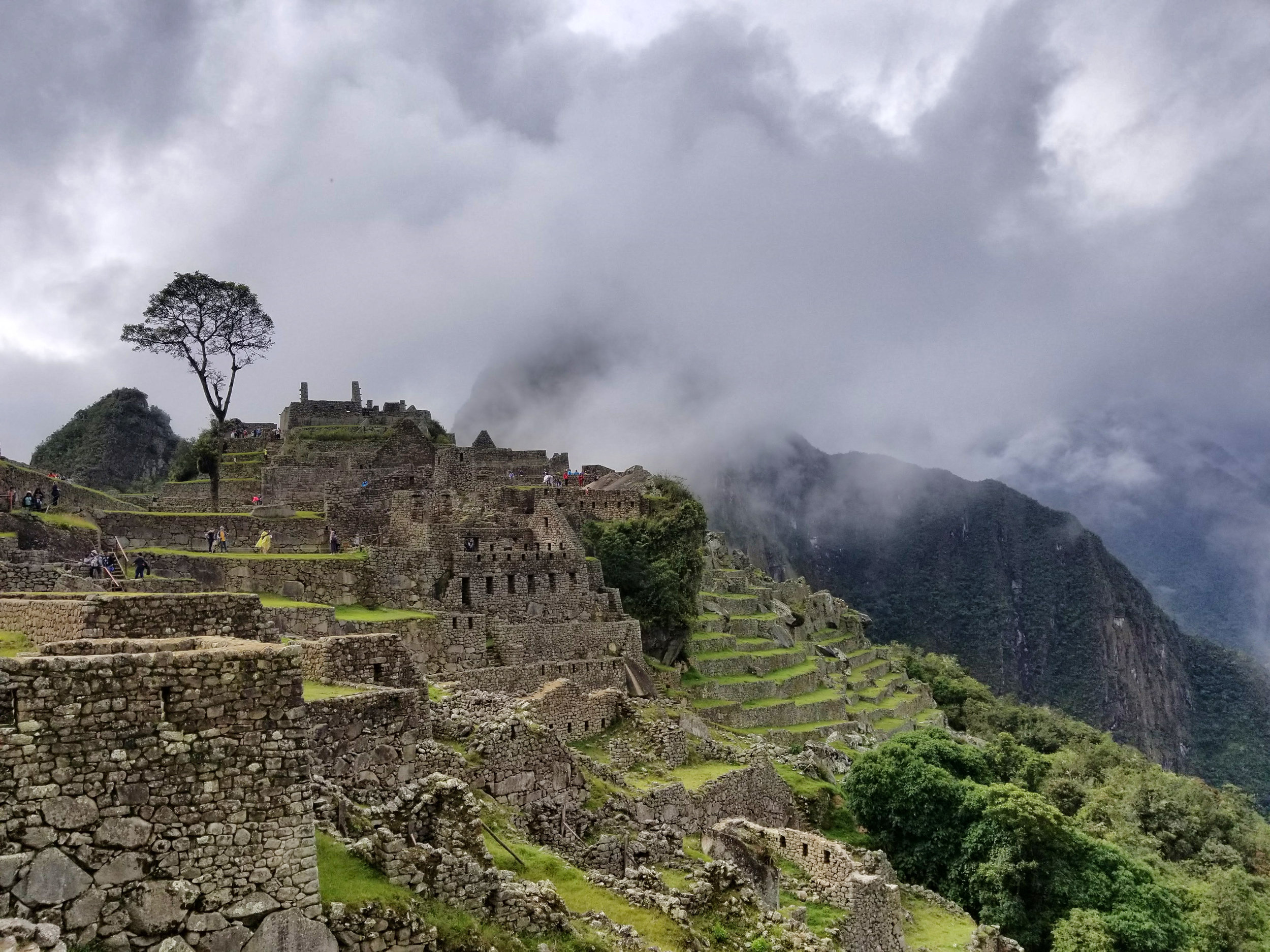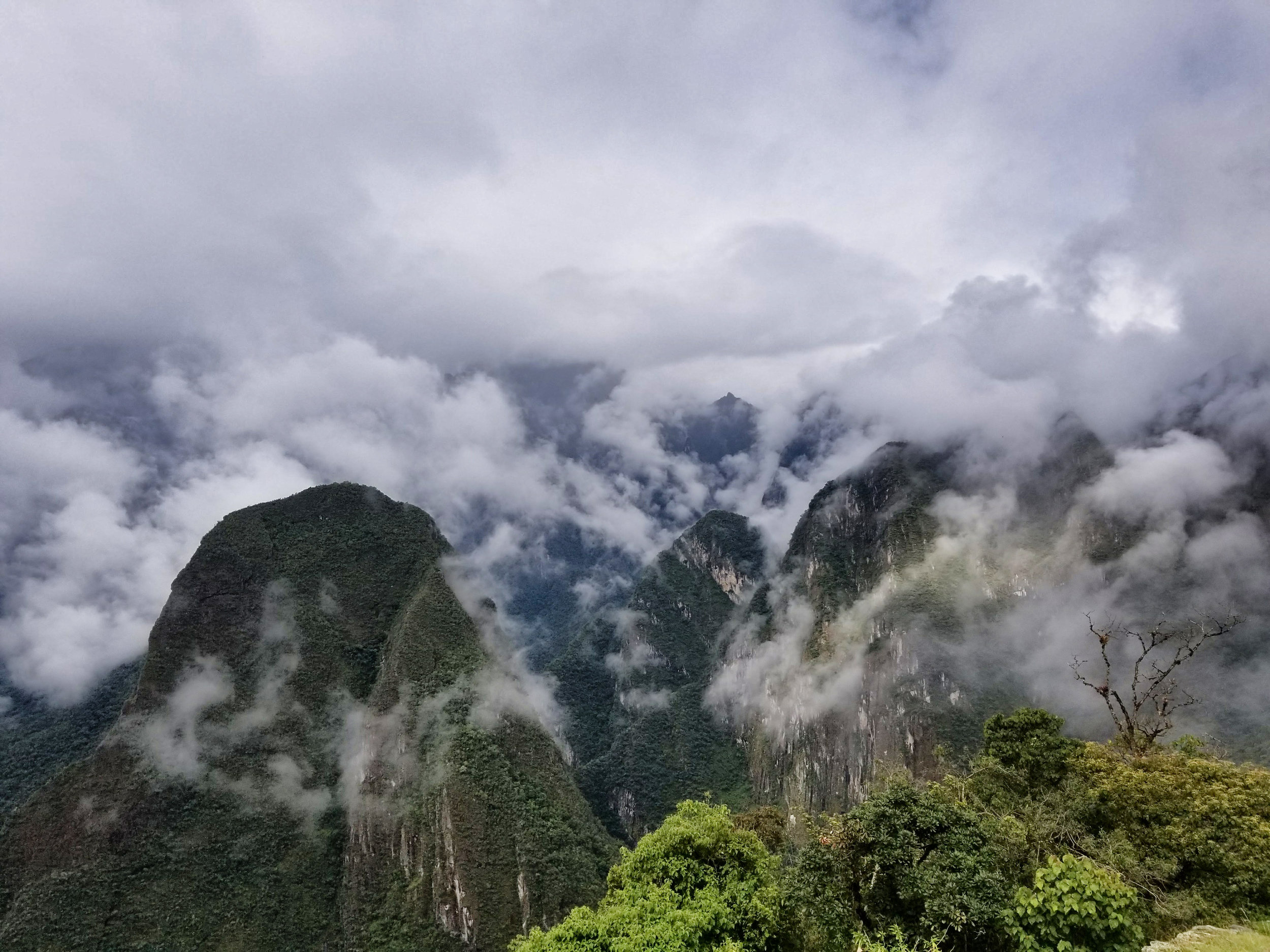Machu Picchu, Peru
Machu Picchu: A Dream Come True
Peru is a South American country home to a rich culture, ancient history and diverse landscape including a portion of the Amazon rainforest and Machu Picchu, an ancient Incan city high in the Andes mountains. Truly one of my favorite countries to explore, Peru is a land full of wonder and beauty, with its gorgeous canyons, towering mountains, rolling desert hills, incredible oases and rocky islands. Its capital city of Lima lies on Peru’s arid Pacific coast, with a well preserved colonial center and valuable collections of pre-columbian art. And cities like Paracas, Huacachina, Arequipa and Cusco are filled with charming cobblestone streets, fresh local fish, colorfully decorated llamas and beautiful handmade textiles.
Machu Picchu is an Incan citadel that lies high in the Andes Mountains in Peru, set above the Urubamba River valley. Built in the 15th century and later abandoned, Machu Picchu is known for its advanced stone walls that join huge blocks without the use of mortar, curious structures which play on astronomical alignments and incredible panoramic views. Although, its exact former use still remains a mystery to this day.
My two weeks in Peru were coming to a close after spending 24 Hours in Lima where I met up with my Peruvian friend, Esau, and then moved on to the Islands Made of Rock & Tropical Deserts of Paracas, Dune Buggy Rides & Wine Tastings in Huacachina and The White City of Arequipa. From Arequipa, I spent a day Hiking Peru’s Epic Colca Canyon and then it was on to Cusco, Once the Capital of the Inca Empire, where I had a Near-Death Experience on Rainbow Mountain, toured Sacred Valley: Peru’s Andean Highlands and finally landed at the awe inspiring Machu Picchu.
Travel & Entry Into Machu Picchu
Most tourists reach Machu Picchu through Cusco. Once in Cusco, find your way to Ollantaytambo (about a 2-hour drive). From Ollantaytambo, travel to Aguas Calientes, the town at the base of Machu Picchu, via train. Trains from Ollantaytambo allow you to travel the morning of your hike to Aguas Calientes or arrive the night before, waking early to climb Machu Picchu.
Either way, you’ll need to buy train tickets to Aguas Calientes, it’s really just a matter of where you’d like to stay and if you want to travel the morning of. If you’re hoping to catch sunrise at Machu Picchu you’d better stay in Aguas Calientes and hike up early. Otherwise, taking an early train from Ollantaytambo to Aguas Calientes will put you on the peak for it’s afternoon session.
My close friend, Esau, and I arranged a Sacred Valley tour from Cusco the day before our trip to Machu Picchu. Our tour spent the day visiting Pisa, Ollantaytambo and Chinchero then dropped us off near Ollantaytambo with our overnight bags. We stayed in town and caught the train from Ollantaytambo to Aguas Calientes in the morning.
Train Tickets from Ollantaytambo to Aguas Calientes
Buy your train tickets to Aguas Calientes a few days in advance during slow season and even further out during busy season (or risk sold out tickets). Tickets are limited and can be purchased at the airport or train station in Cusco (must be bought at the station if you’re Peruvian). Tickets can also be purchased online but may not be released very far in advance.
As of 2018, Machu Picchu train tickets are as follows:
Ollantaytambo 8:00 a.m. - Machu Picchu 9:25 a.m.; Machu Picchu 6:20 p.m. - Ollantaytambo 8:05 p.m. $105
Urubamba 10:30 a.m. - Machu Picchu 1:34 p.m.; Machu Picchu 6:10 p.m. - Ollantaytambo 7:51 p.m. $180
Ollantaytambo 1:27 p.m. - Machu Picchu 2:50 p.m.; Machu Picchu 8:53 a.m. - Ollantaytambo 10:52 a.m. $90
Ollantaytambo 1:27 p.m. - Machu Picchu 2:50 p.m.; Machu Picchu 9:50 p.m. - Ollantaytambo 11:35 p.m. $95
Ollantaytambo 6:10 a.m. - Machu Picchu 7:40 a.m.; Machu Picchu 6:10 p.m. - Ollantaytambo 7:51 p.m. $125
Tickets to Machu Picchu
If you haven’t purchased tickets to enter Machu Picchu, make it your first stop once in Aguas Calientes. The tourist building near the town square sells tickets for 152,000 soles ($50 USD) with a choice of morning or afternoon session. Morning sessions begin at 6 a.m. and end at noon, while afternoon sessions are from noon to 5:30 p.m. There are a limited number of tickets for each session and rules state that you can’t stay past your allotted time, however, it’s unlikely anyone will notice.
Circuits | Huayna Picchu & Machu Picchu
There are two trails or “circuits” with varying difficulty levels. Machu Picchu is the most famous route lying 7,970 feet high, while Huayna Picchu is the taller of the two peaks standing 8,835 feet. Huayna Picchu is the large mountain directly behind Machu Picchu and offers a more difficult climb. Be aware Huayna Picchu climbs begin very early in the morning.
Entry & Reentry (No Restrooms Inside)
Some sites say you can only enter Machu Picchu with a licensed guide but we didn’t find that to be the case and entered alone. A maximum of 4 hours is allowed inside Machu Picchu and monitored with colored bracelets according to your session but no one appeared to be enforcing this rule. Rules also state that you cannot reenter once you leave even though restrooms are just outside the entrance. Esau and I ran into this problem but staff was kind enough to allow us back in after using the washrooms (just ask before you step out).
Catch a Ride to Ollantaytambo
Our train from Ollantaytambo to Aguas Calientes was set to leave at 9 a.m. Esau and I arrived thirty minutes early just to be safe. He would be riding a cheaper local train and I’d be on the fancy “tourist” train, costing quite a bit more (and for good reason).
On the way to the station, we picked up breakfast from a street vendor - a warm quinoa drink and avocado sandwiches, plus extra snacks for inside Machu Picchu (no food or drinks are sold inside). Just before 9 a.m. my train took off from the station and slowly rode through the jungle for an hour and a half. The ride was so relaxing, fulls of mountains, trees, flowers and waterfalls that flew by the windows and glass rooftop. Staff served drinks and carrot cake.
Once the train arrived in Aguas Calientes everyone emptied into a small station which spilled into a huge market. For a moment I panicked and wasn’t able to find my my friend in all the commotion but eventually, we connected. The market was massive and full of blankets, scarves, bags and so many other beautiful souvenirs but we continued on.
Esau and I crossed the bridge and made our way to the tourist building near town square for entrance tickets ($50 USD). With tickets in hand we decided not to waste time hiking but would rather catch a bus to the top. The bus station near the bridge sells tickets for the ride up, as well as the return ($24 USD for foreigners & $15 USD for locals). Make sure to buy round trip tickets if you’d like a ride back down the mountain.
Buses are scheduled often and take 25-30 minutes to reach the top but be warned, the ride up the mountain is terrifying. The dirt road is a single lane even though huge buses pass one another heading in opposite directions. It was bumpy, muddy and slippery. Round and round and round we went until we reached the top of the peak. Relieved and anxious, everyone spilled out.
Enter Machu Picchu
Here we entered Machu Picchu through a security checkpoint (don’t bring a tripod, they aren’t allowed) and climbed up a number of steps until reaching a clearing in the brush. The pathway was marked for tourists to find their way and security constantly watched, so no one was able to stray.
Once the brush opened, the views of Machu Picchu were everything I had imagined. The site was much larger than I originally pictured in my mind, almost maze-like with paths and viewpoints around every corner. The mountain was incredibly busy and tough to get a photo without a million people in the background but definitely possible with a little patience.
There were also early glimpses of llamas grazing on the grassy steps of the fortress.
Because we visited during rainy season it was super cloudy and a bit wet. The peaks are so high up that the clouds move swiftly through the air, almost as if they’re on fast forward.
Traverse the Terraces of Machu Picchu
We found ourselves exploring every corner of the peak and soon learned Machu Picchu only has one way in and one way out. It took some time to discover the loop or “path” which leads through the ruins.
Initially, everyone enters the peak from above, overlooking the mountain, and then makes their way down through the ruins and out toward the bottom right-hand side. It was so interesting to notice the views change as we circled round the peak.
It truly felt like we were on top of the world and at any moment we could tip off tumbling thousands of feet below. It was tremendous, so incredibly magical.
Machu Picchu is a 15th-century Inca citadel located in the eastern mountain range of southern Peru. The Urubamba River flows past it, cutting through the mountain range creating a canyon with a tropical mountain climate. From some vantage points we were able to see the Urubamba River way down below.
The Incas, in contrast to the Mayans, had no written language and Europeans did not visit the site until the 19th century, as far as we know. Therefore, there are no written records of the site while it was in use. The names of the buildings, their uses and inhabitants are all attributed to modern archeologists, on the basis of physical evidence such as tombs at the site.
Recent archaeologists believe that Machu Picchu was constructed as an estate for the Inca emperor Pachacuti from 1438 to 1472 while new radiocarbon dating confirms it was occupied from 1420 to 1532. After building the fortress, the Incas abandoned it a century later at the time of the Spanish Conquest.
Machu Picchu was built in the classical Inca style with polished dry stone walls. Its three primary structures are the Intihuatana, the Temple of the Sun, and the Room of the Three Windows. Many of the outlying buildings have been reconstructed to give guests a better idea of how they originally stood, and much restoration still continues.
Machu Picchu was declared a Peruvian Historic Sanctuary in 1981 and a UNESCO World Heritage Site in 1983. It was also voted as one of the Seven Wonders of the World in a 2007 worldwide internet poll.
Often mistakenly referred to as the "Lost City of the Incas", Machu Picchu is the most familiar icon of Inca civilization and I sure can see why (the true lost city is called Paititi).
Get Up Close & Personal with Llamas
Llamas were hard to avoid and they had no problem getting up close and personal. Some would even snoop through your bag (one tried to steal my banana). The llamas seemed very curious and were most interested in eating everything in sight.
Each and every corner of the mountain offered something new. We climbed up to the highest point and looked deep into the valley on the left, revealing an incredible view of the Urubamba River along with the train moving passengers back and forth.
In the late afternoon, Esau and I took a moment to eat our snacks and drink the water we brought into the site with us. Thank goodness we did, because there’s nothing whatsoever sold inside Machu Picchu.
We tried to be silly taking photos but security wasn’t happy with us jumping around and scolded us. No one is allowed to jump or climb on any of the ruins which makes sense.
Descend Into the Main Square of Machu Picchu
We also took some well needed rest to just sit and observe the ruins in silence. Just the day before I had gone on a tour and almost didn’t make it back. My Near-Death Experience on Rainbow Mountain really put everything into perspective.
In the late afternoon, the sun finally poked out from behind the clouds for a few moments. It was absolutely breathtaking and felt really nice to feel the sun on our cheeks.
Say Goodbye to the Most Spectacular Urban Creation of the Inca Empire
Near the end of the afternoon session, we followed the trail toward the exit and said our final good byes. This was one of those moments I’ll never forget and a lifelong dream come true.
We jumped back on the bus down the mountain toward Aguas Calientes and finally took a moment to relax even though the ride down was no less terrifying than the way up.
Back in town with a little time to spare we ate at an open-air food market above the shops, then boarded our trains back to Ollantaytambo (not as nice as the way there). When the trains arrived in Ollantaytambo hundreds of people unloaded and it was utter chaos. Esau and I were able to agree on a price of 10 soles for a collectivo back to Cusco. The drive was nearly two hours. What an incredible day!


